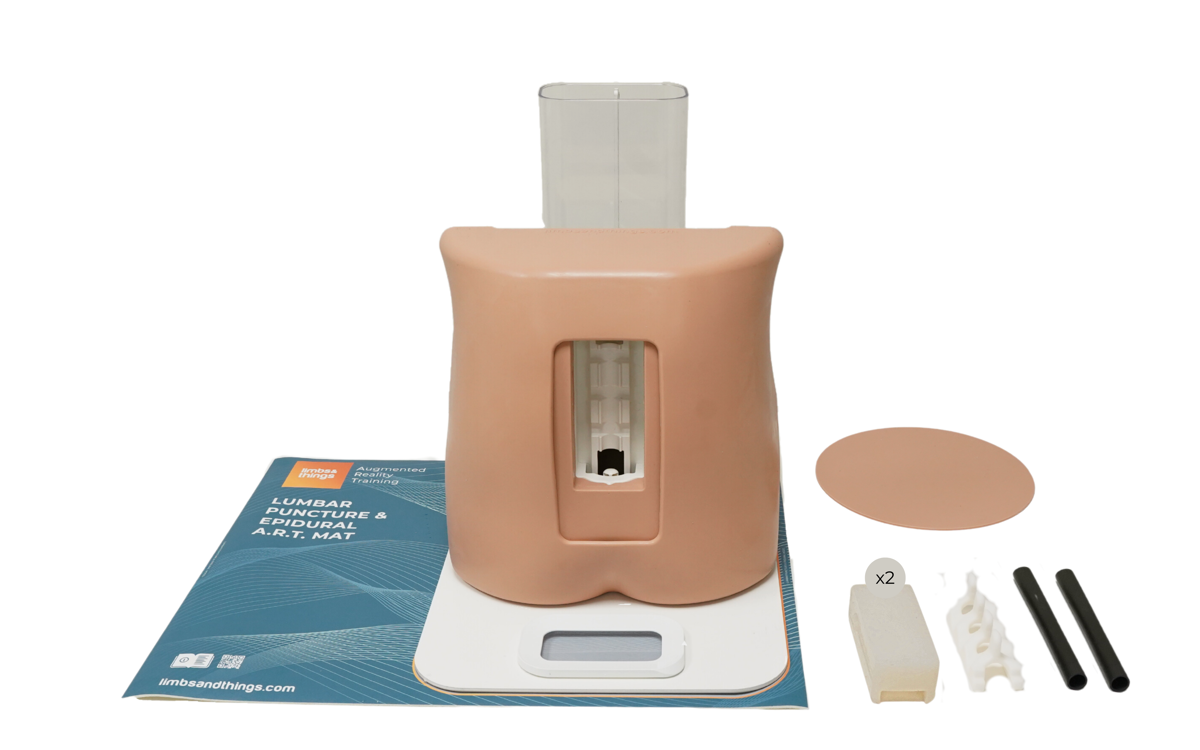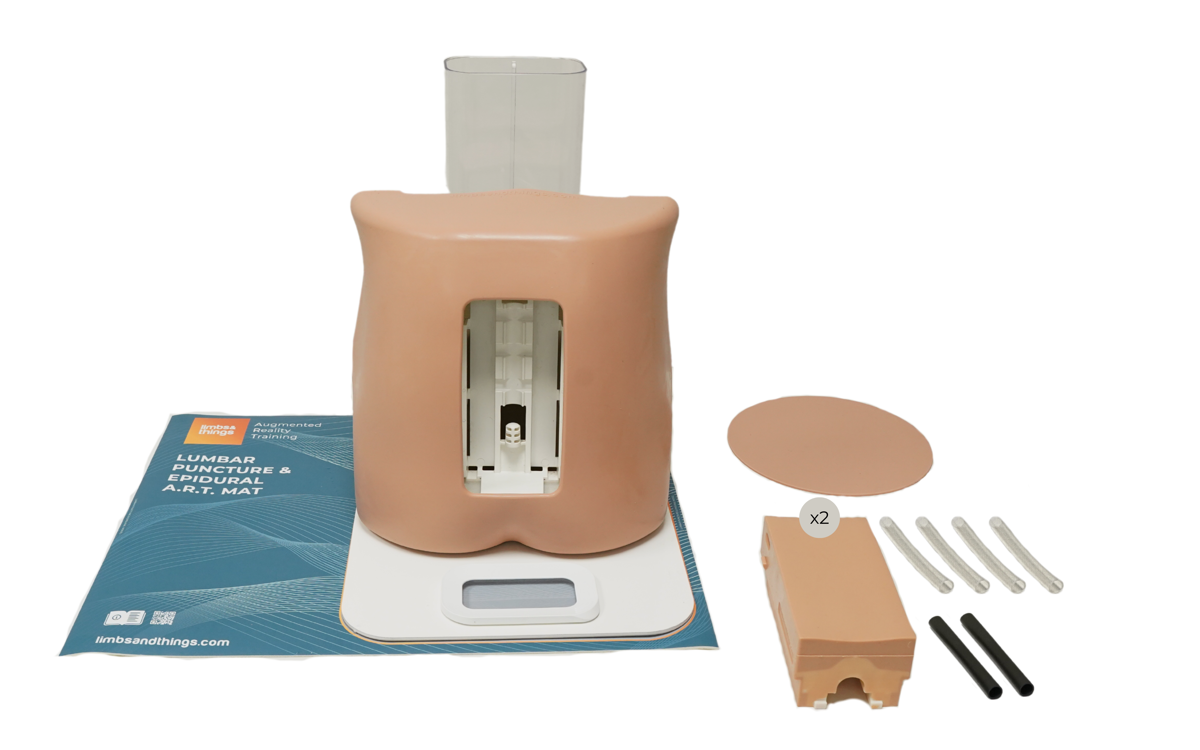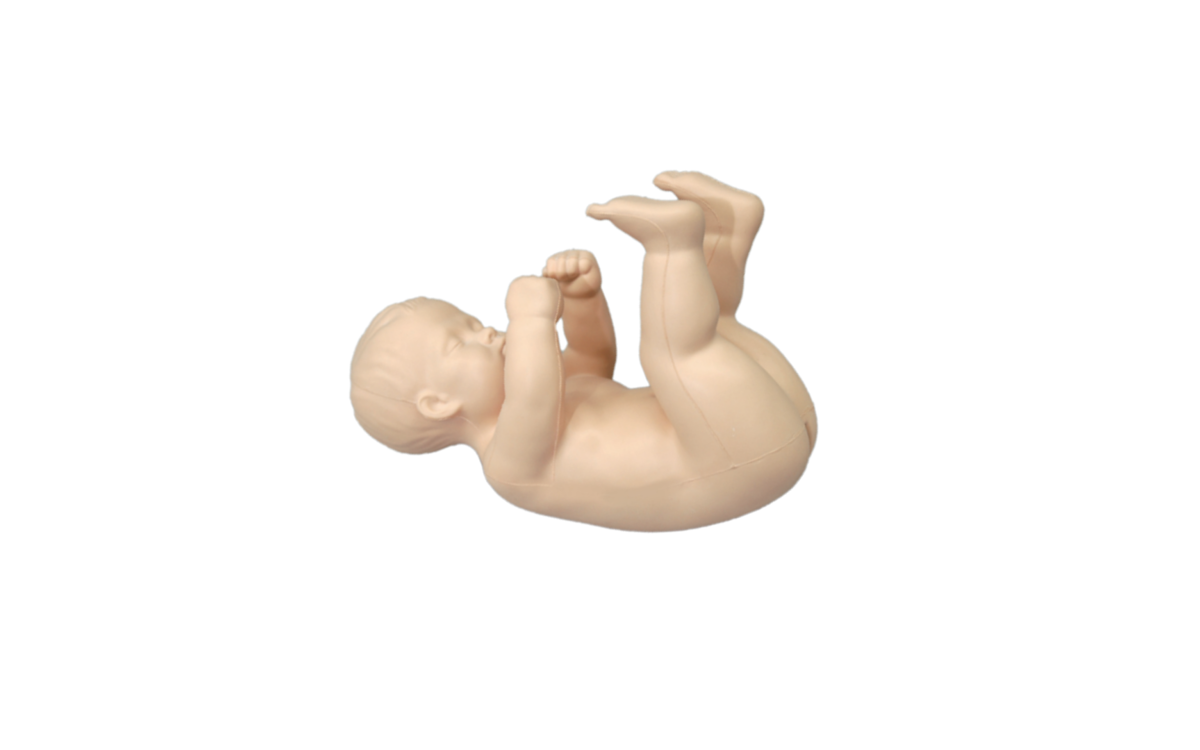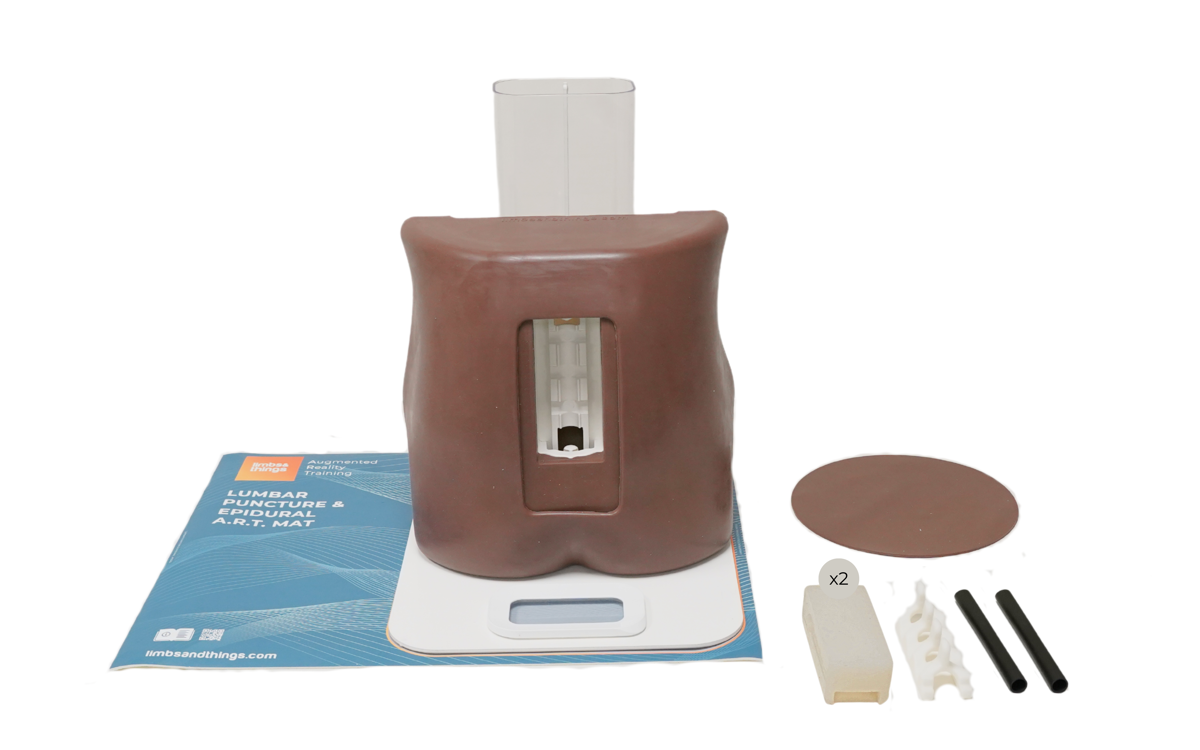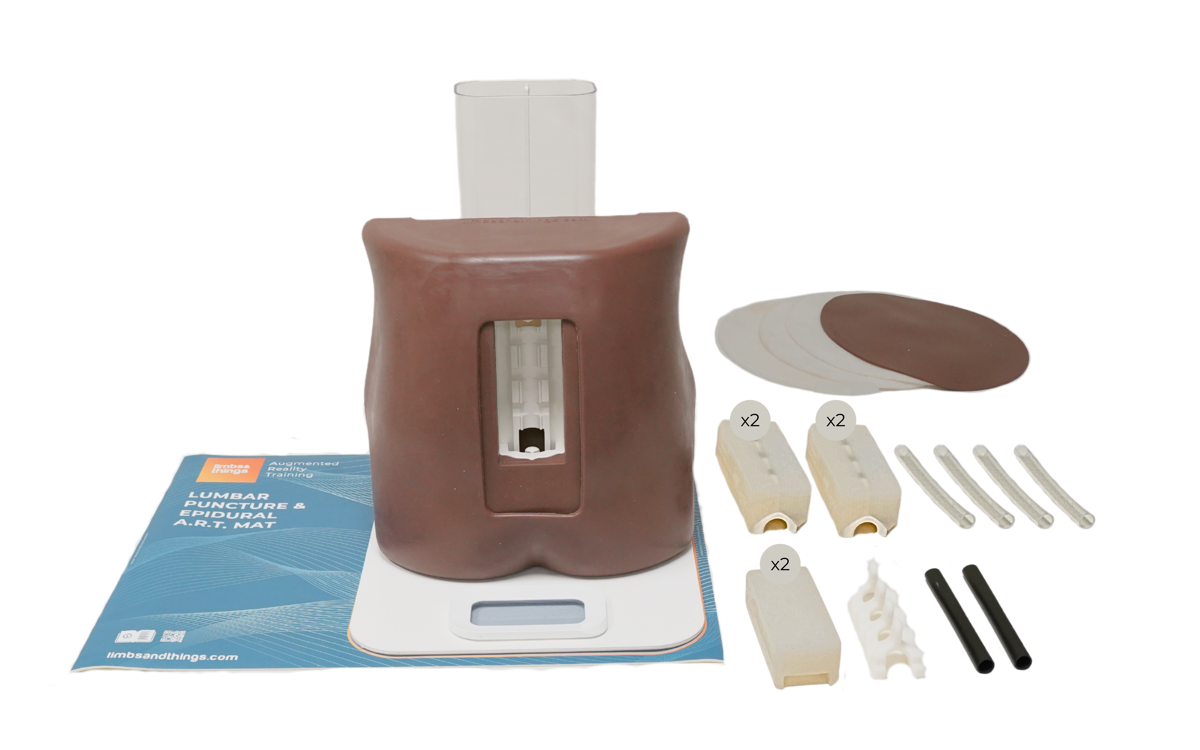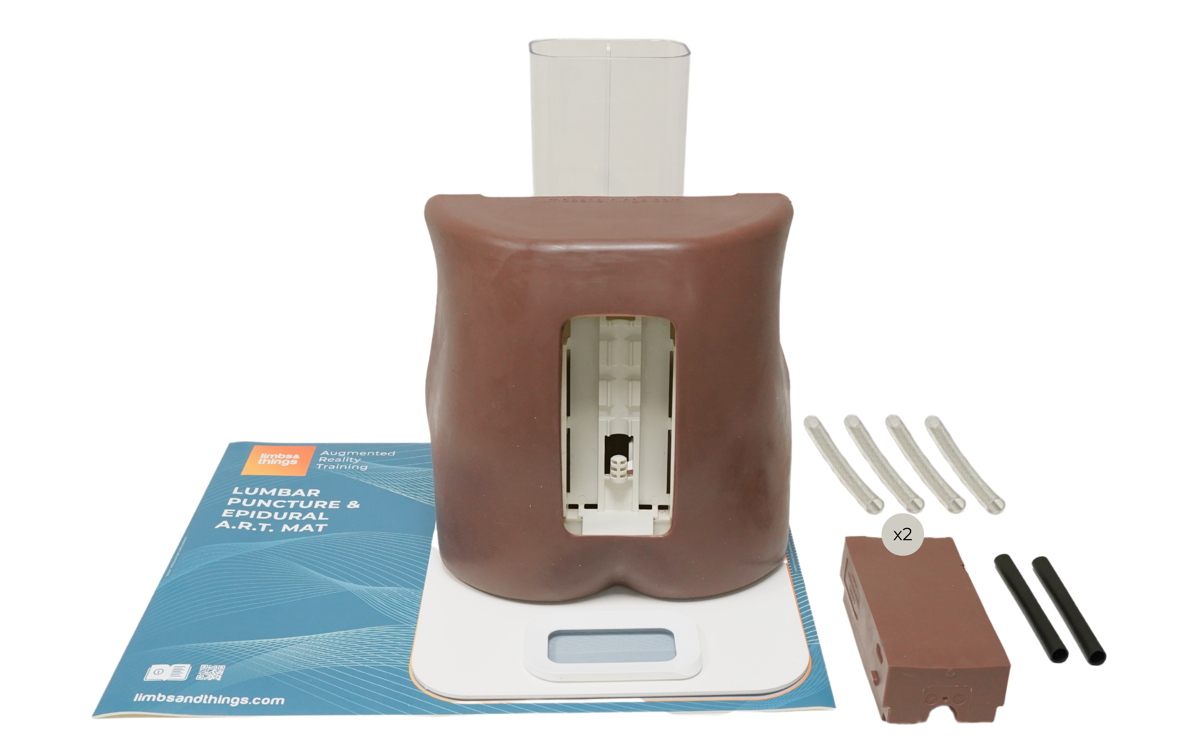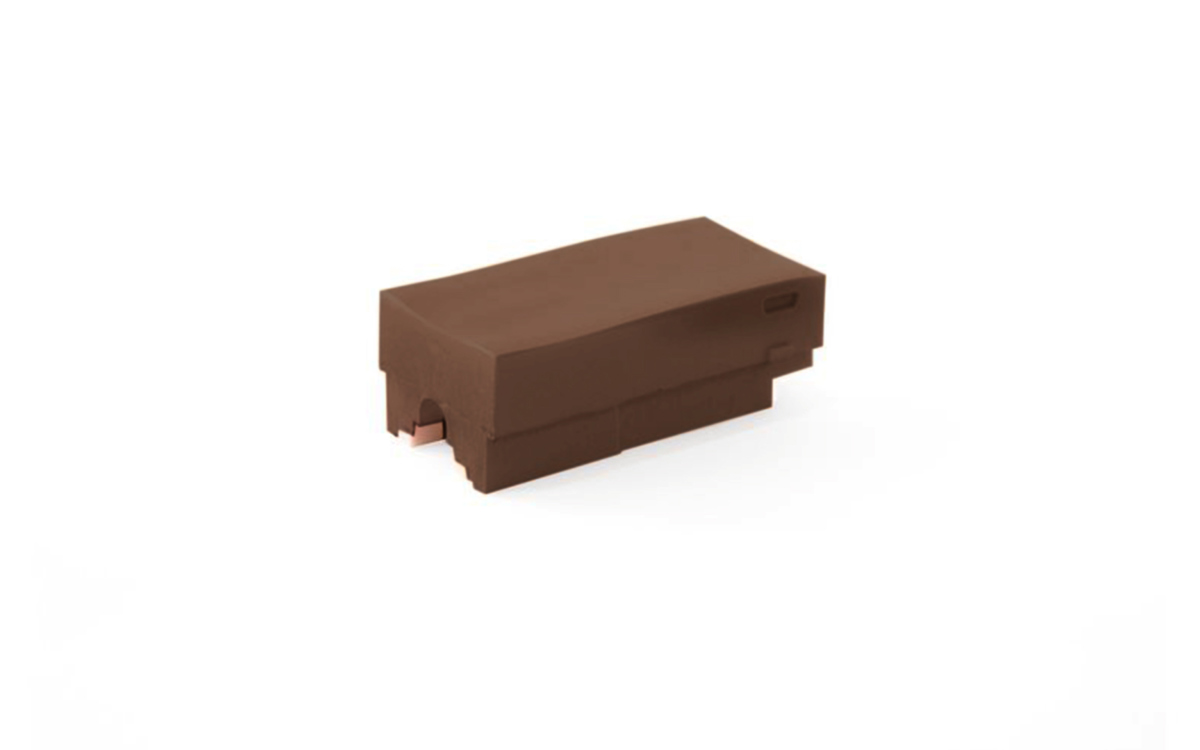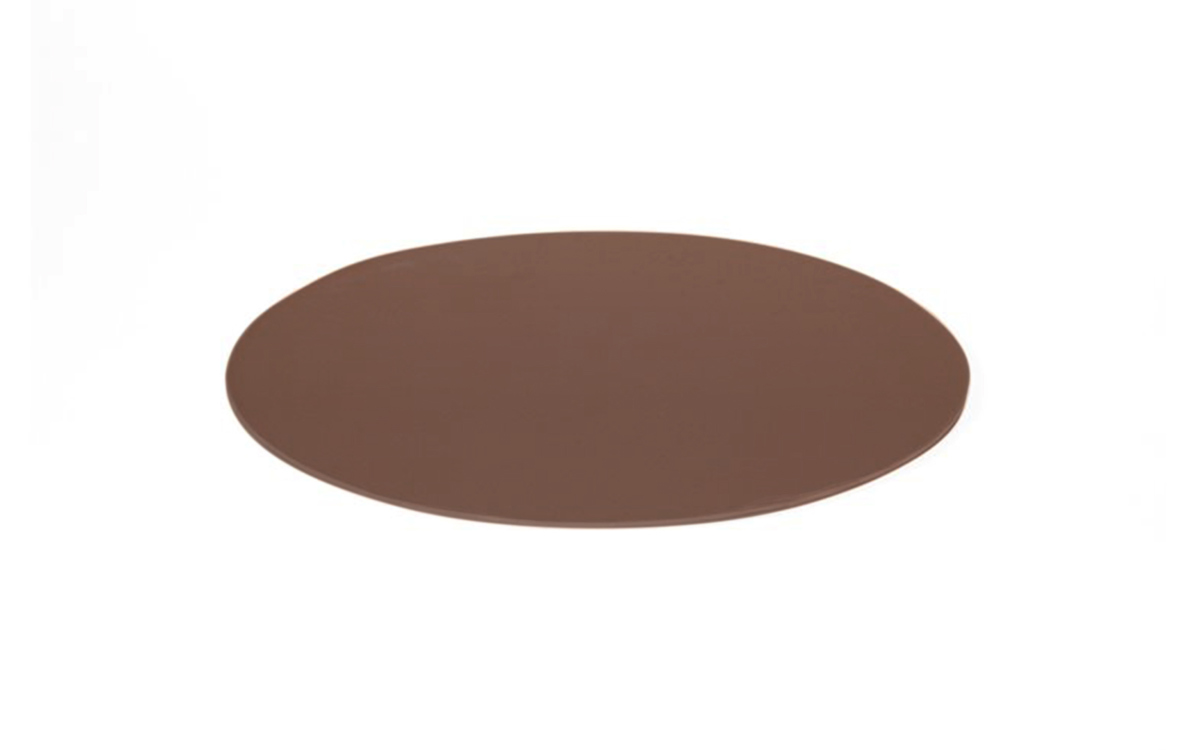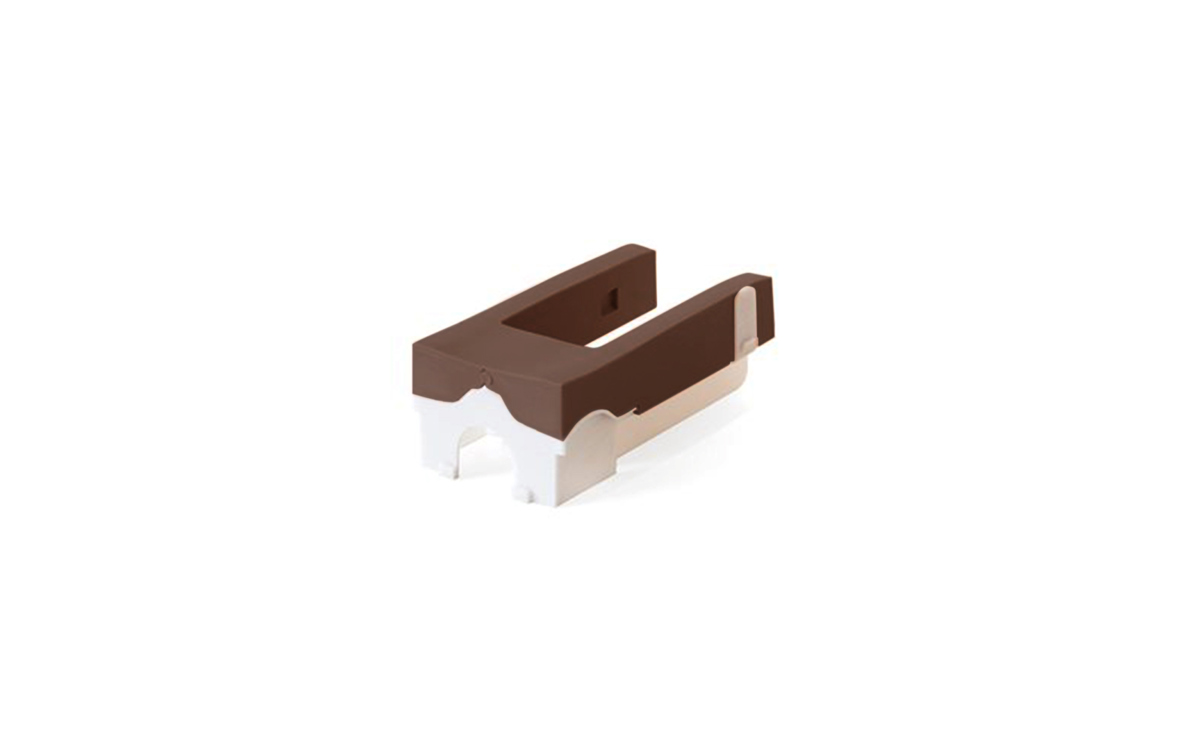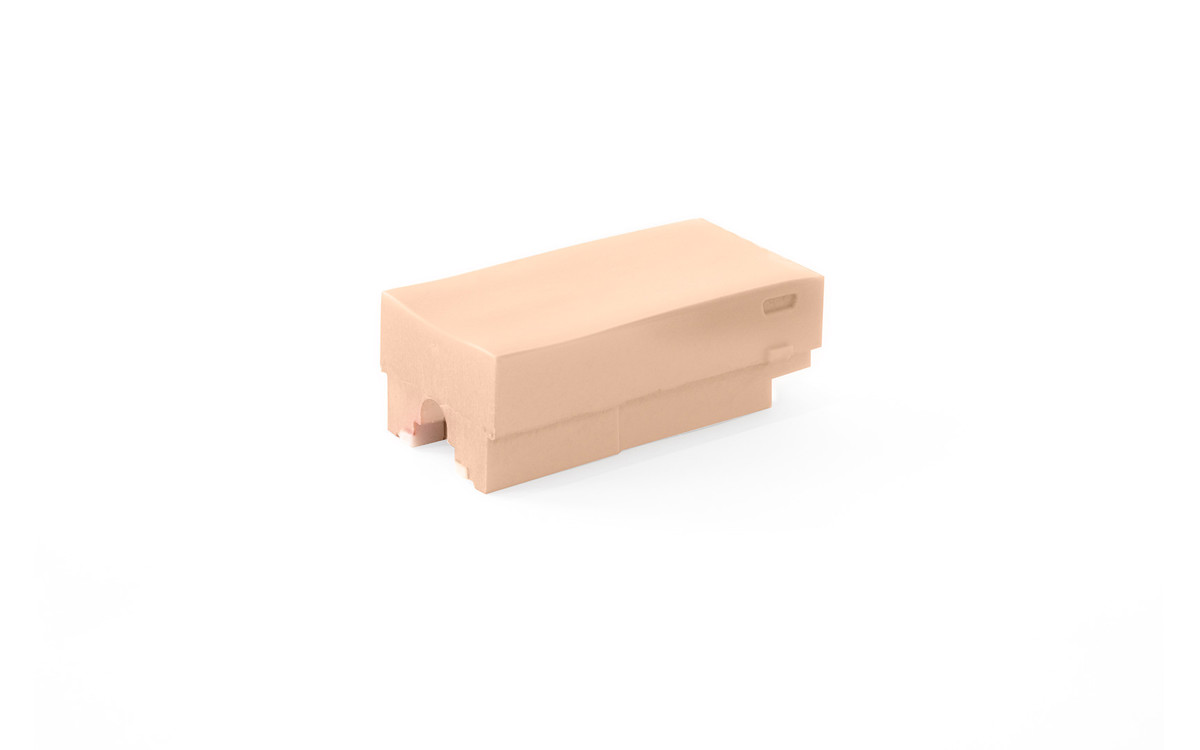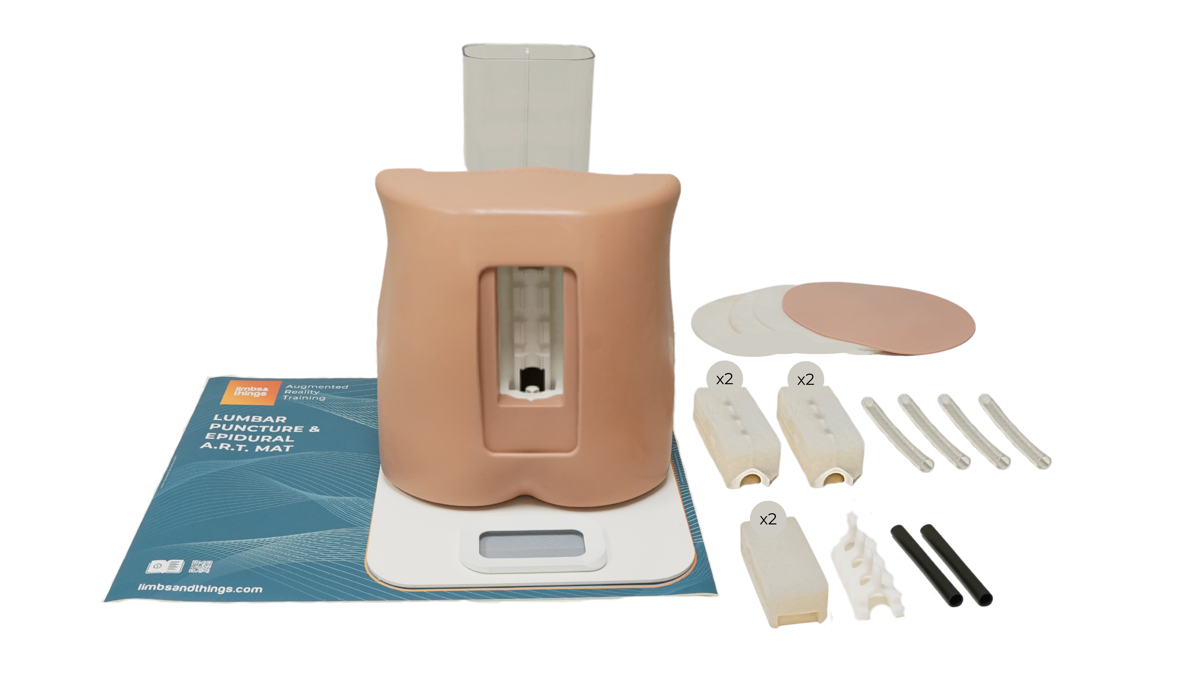
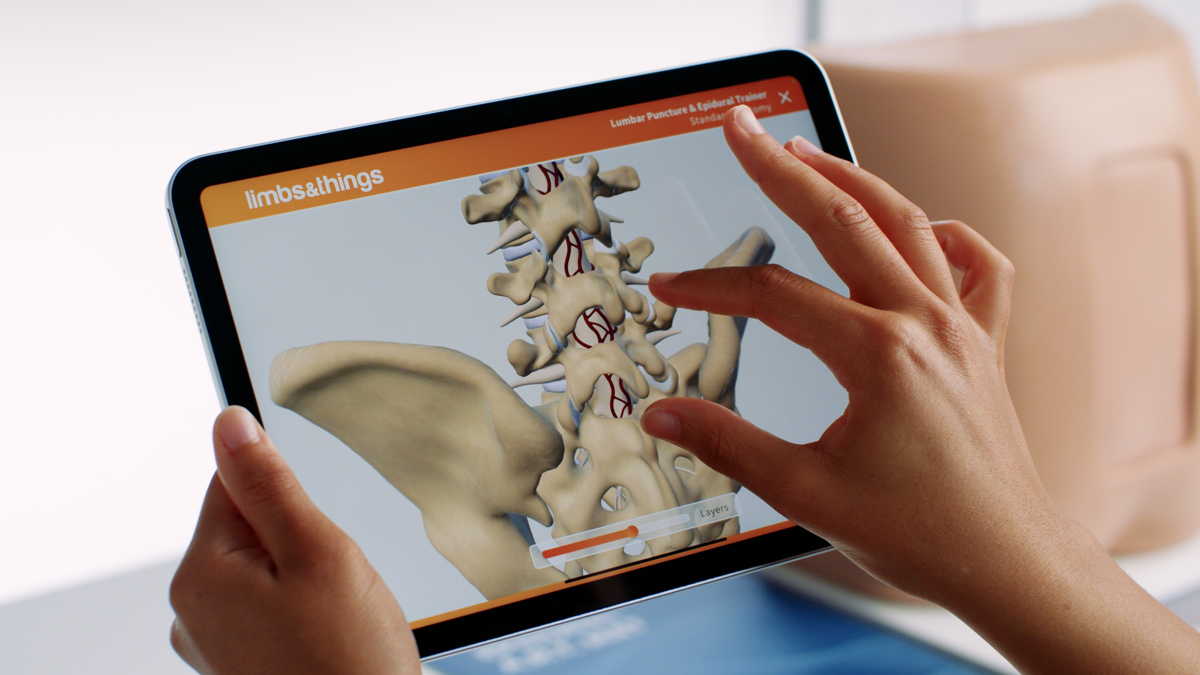
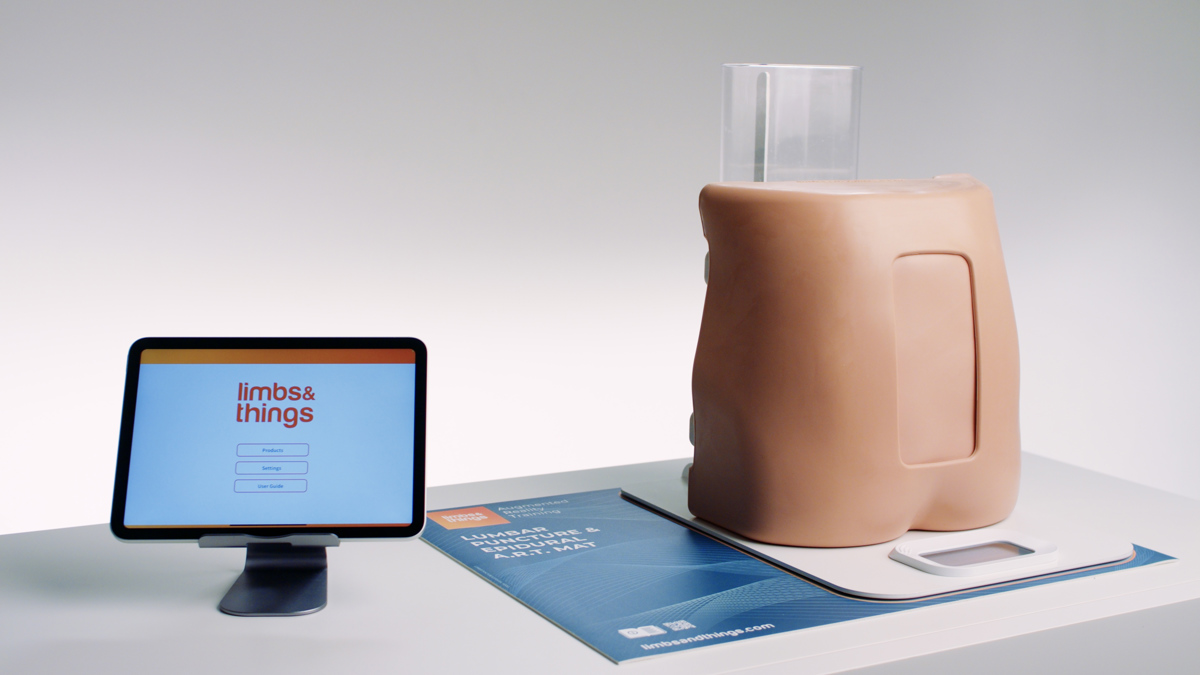
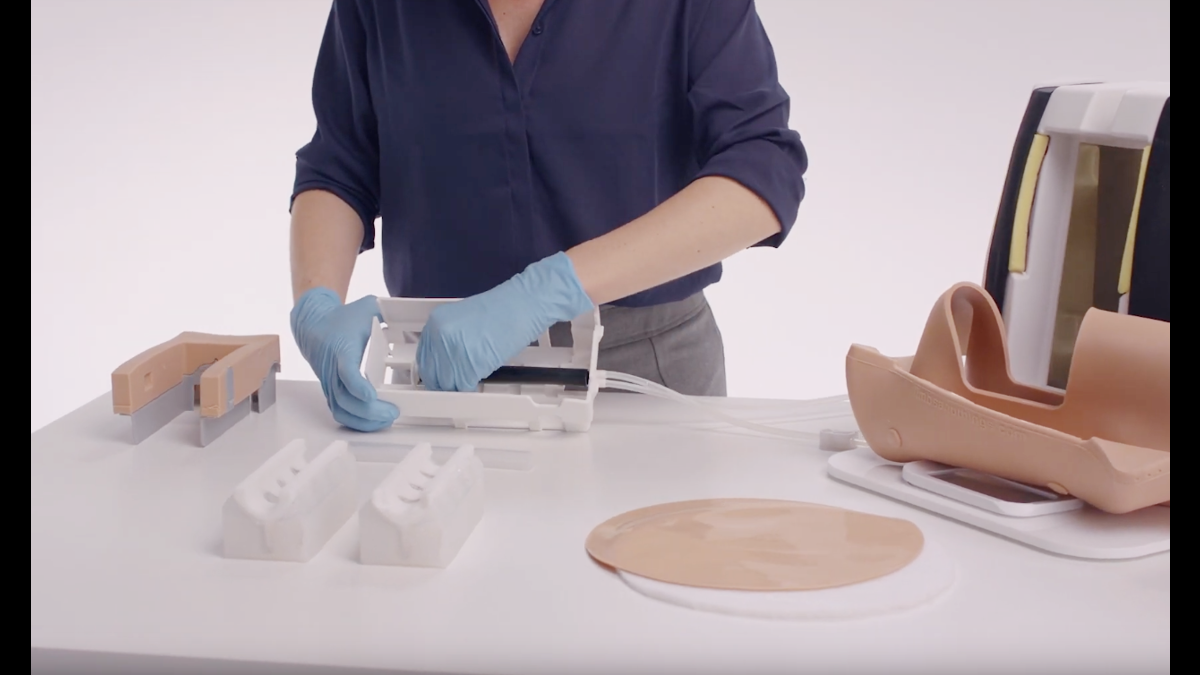
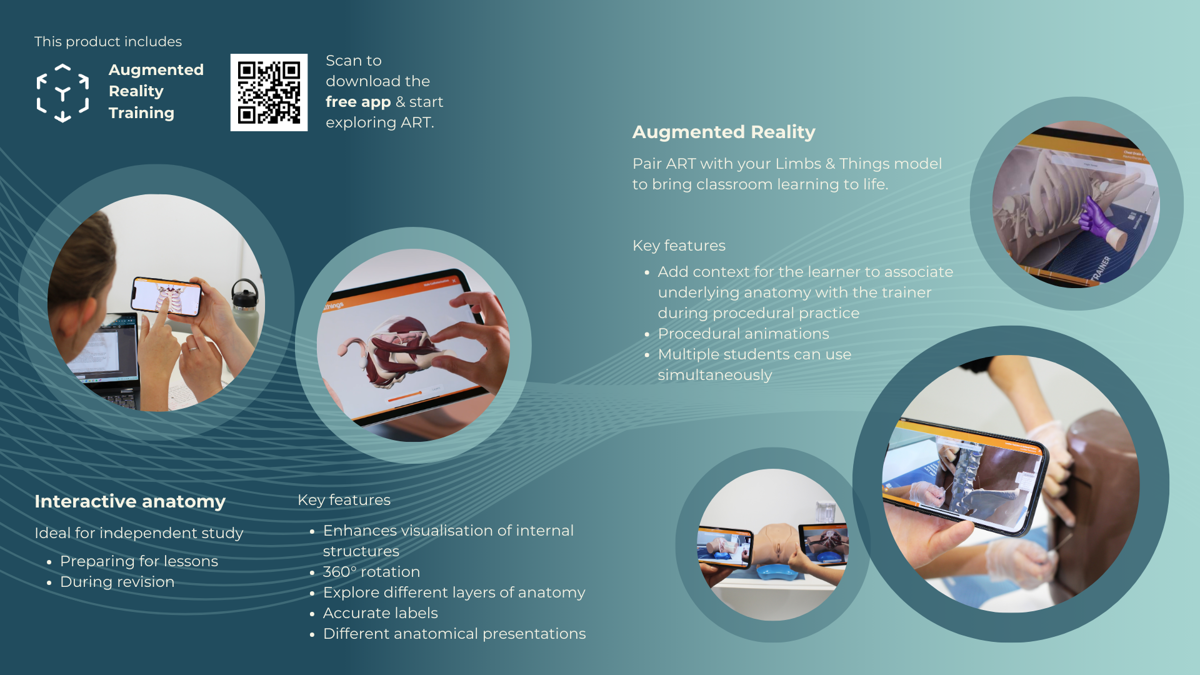
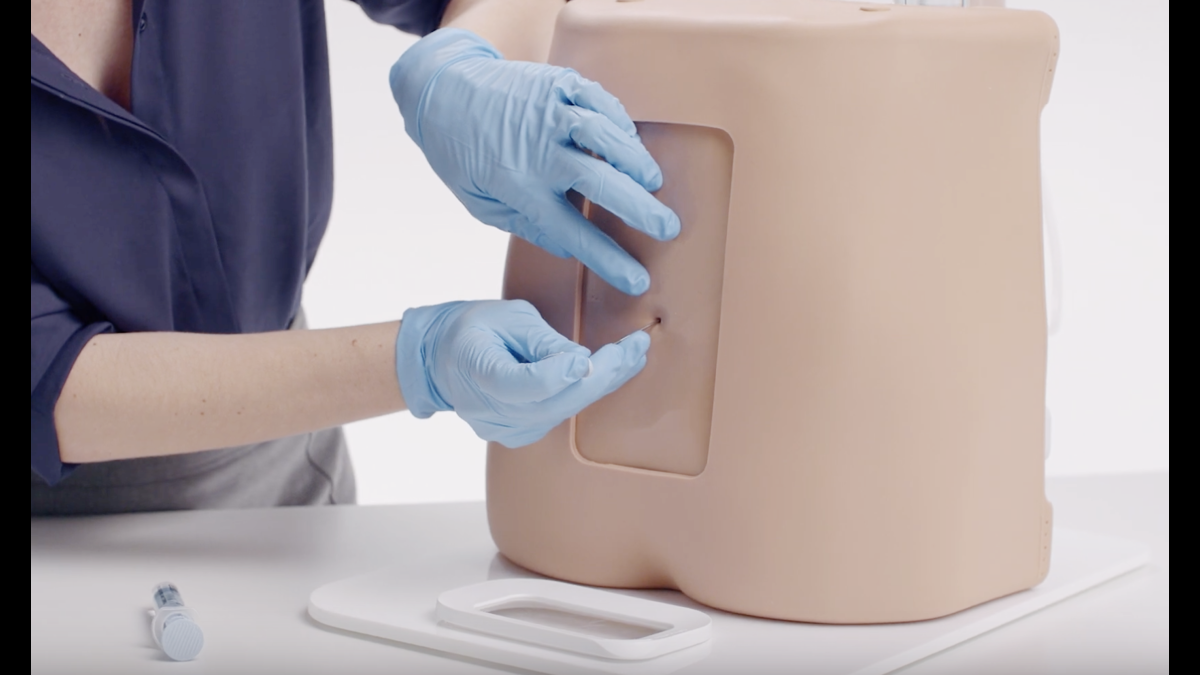
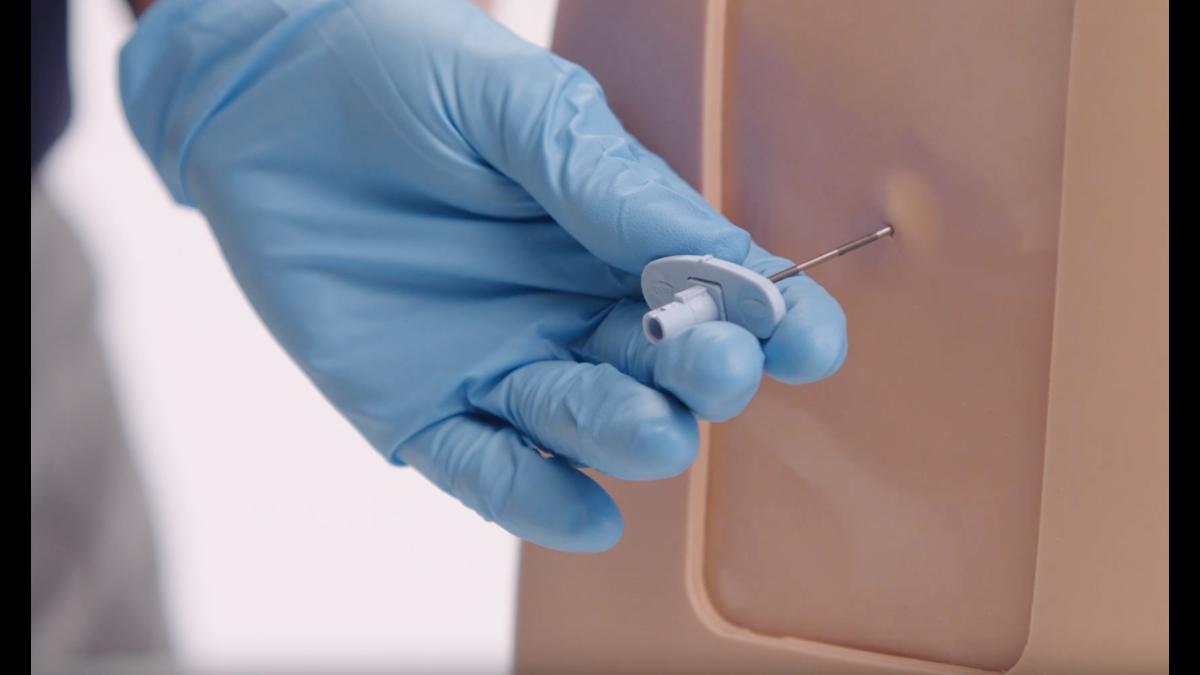
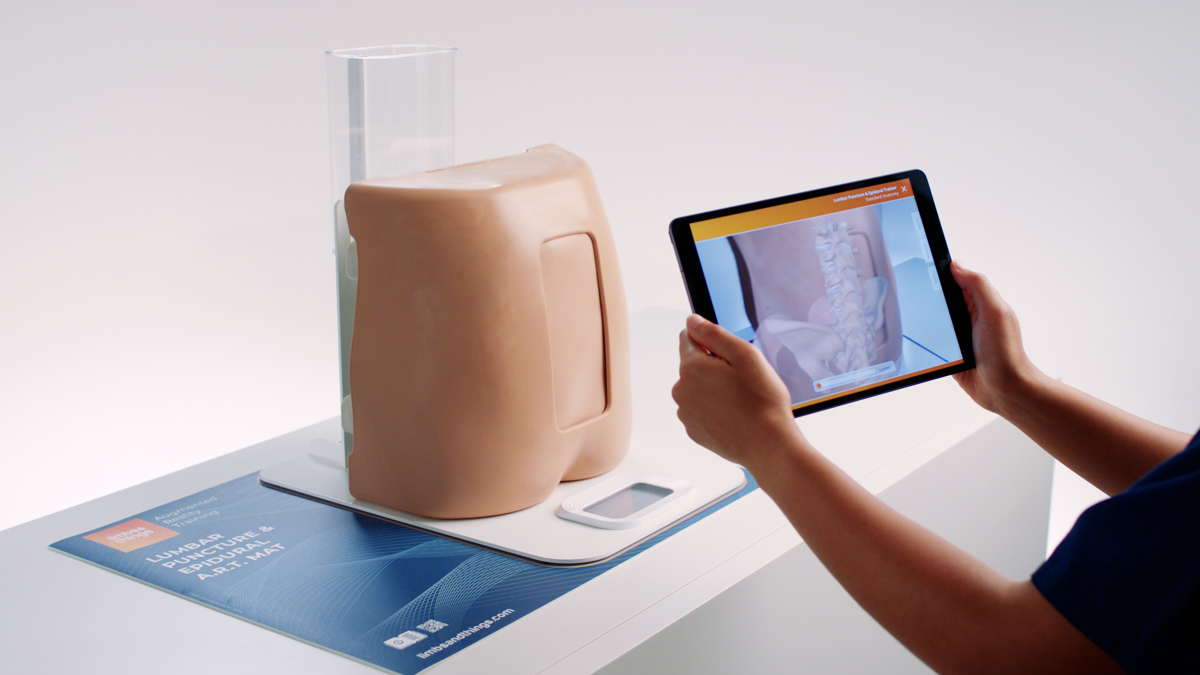
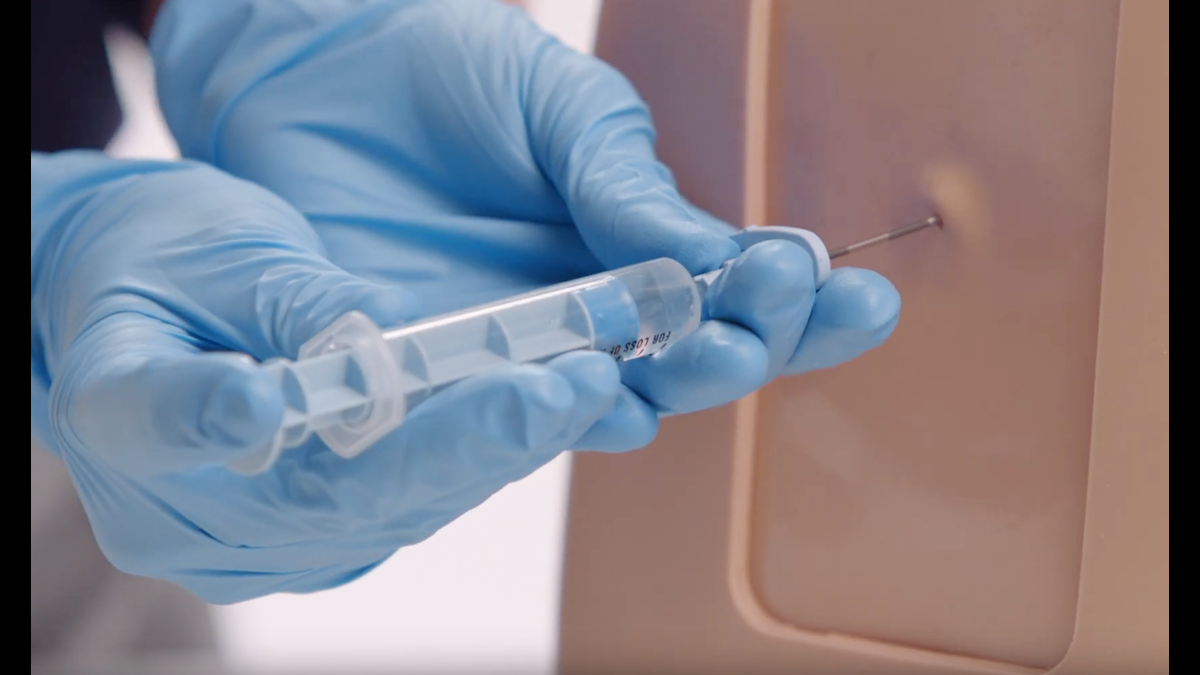
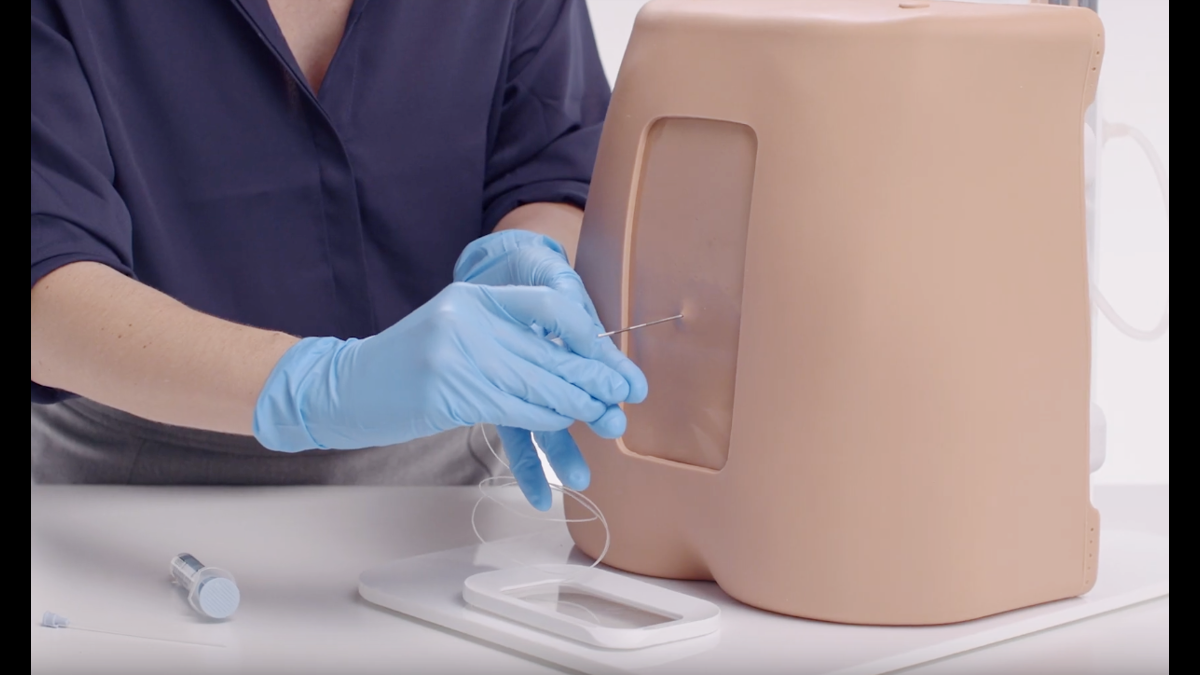
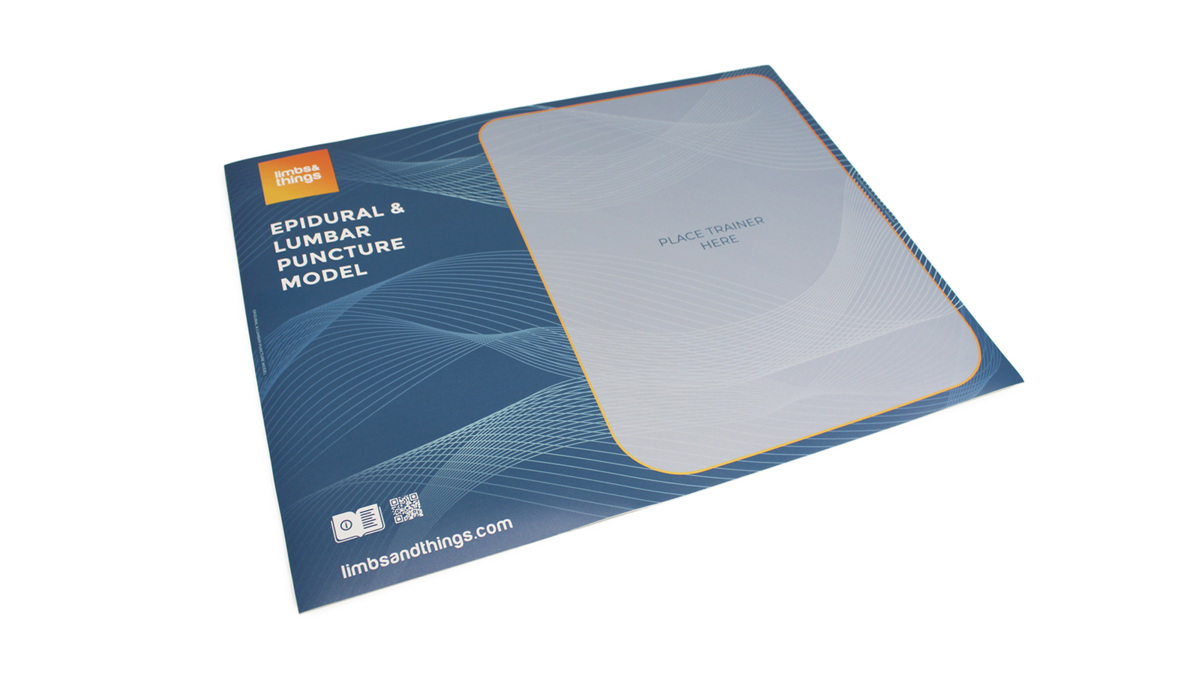
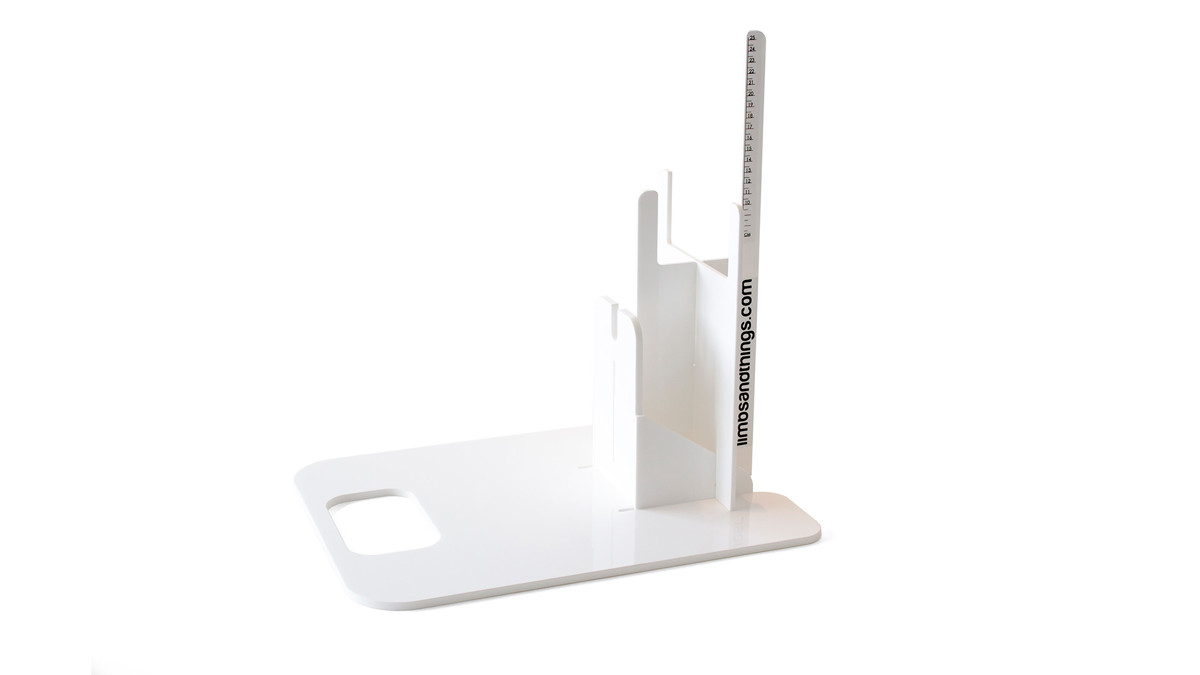
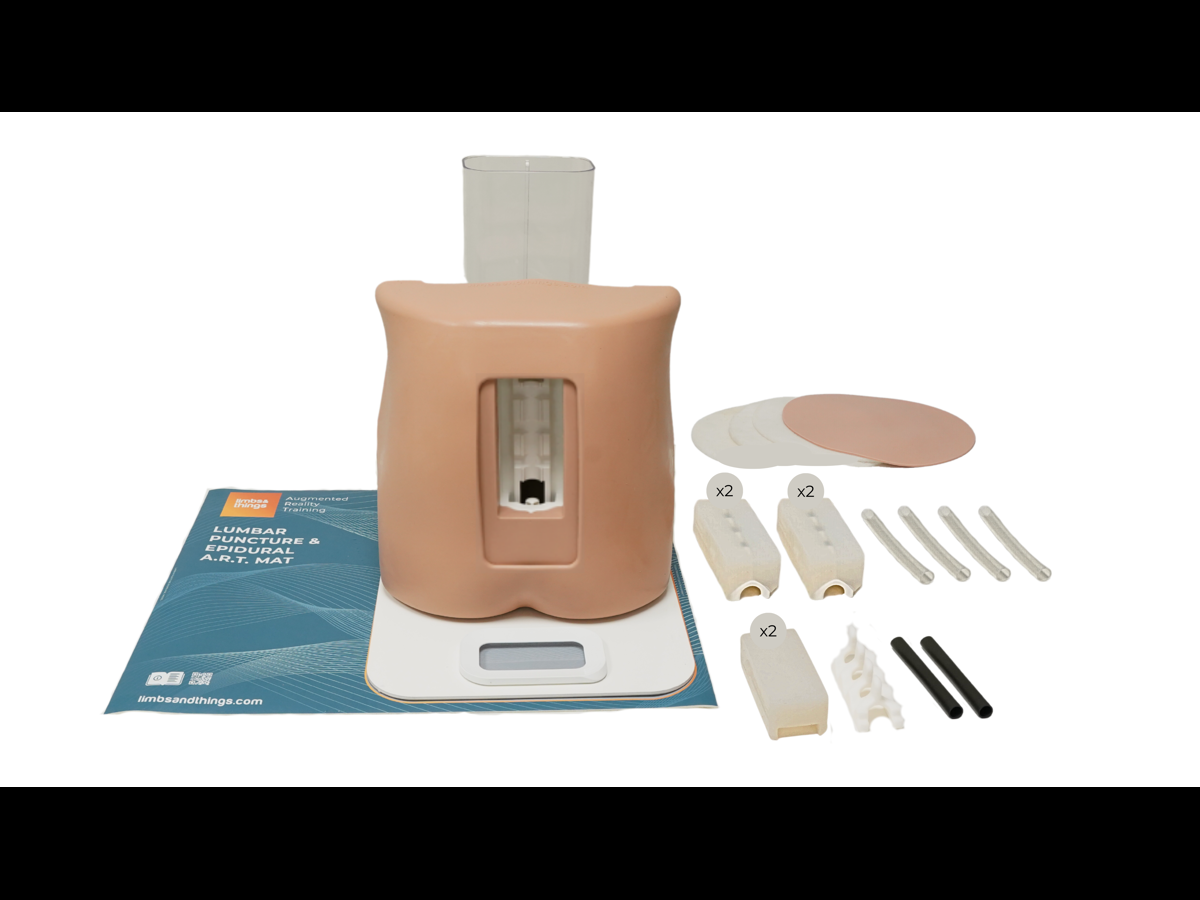
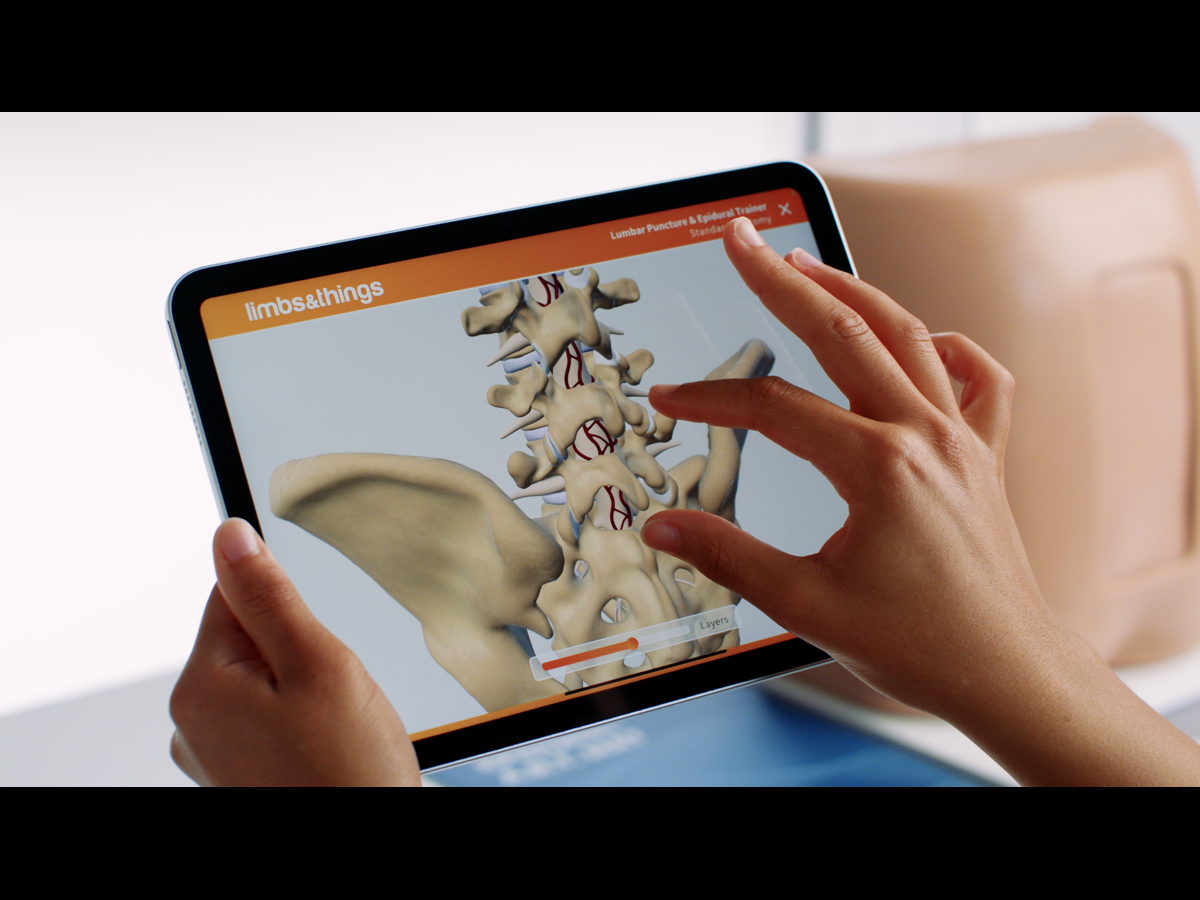

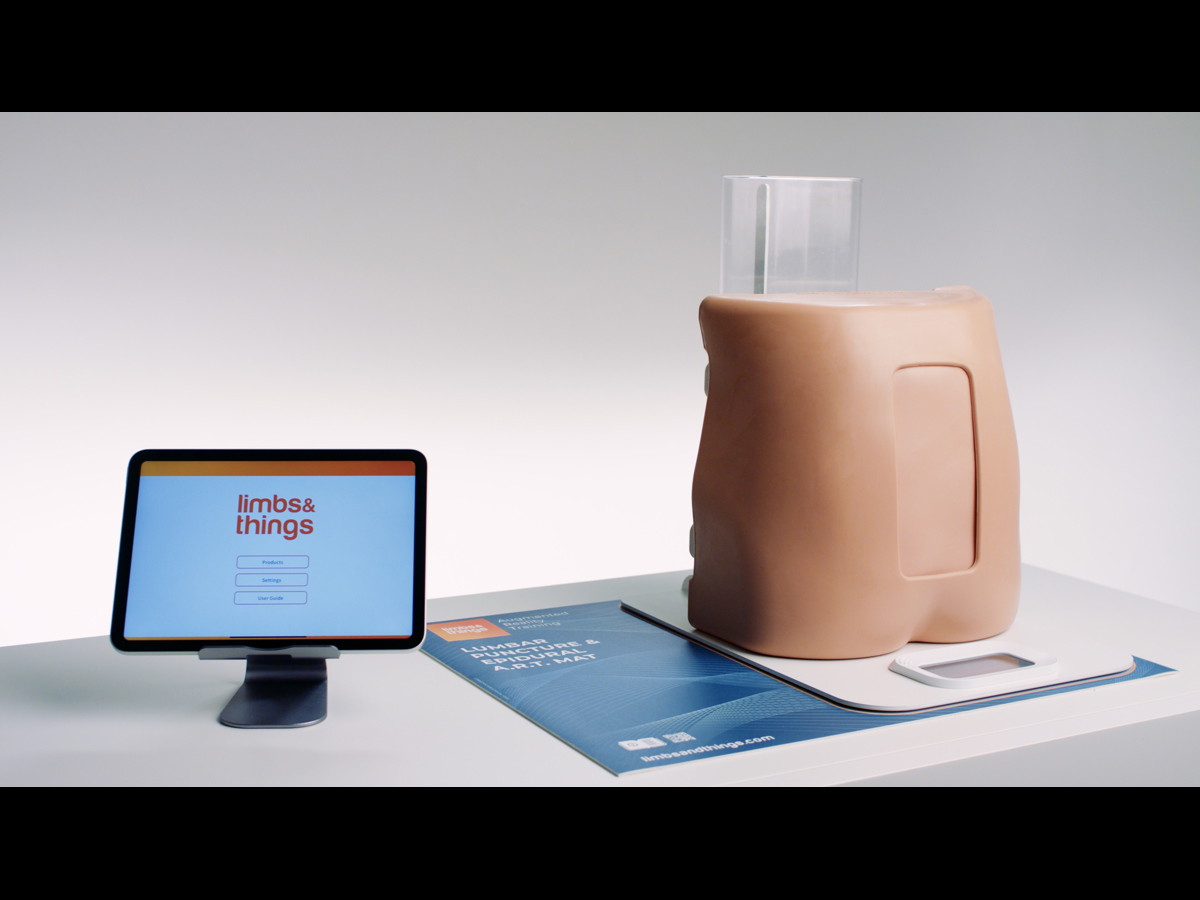
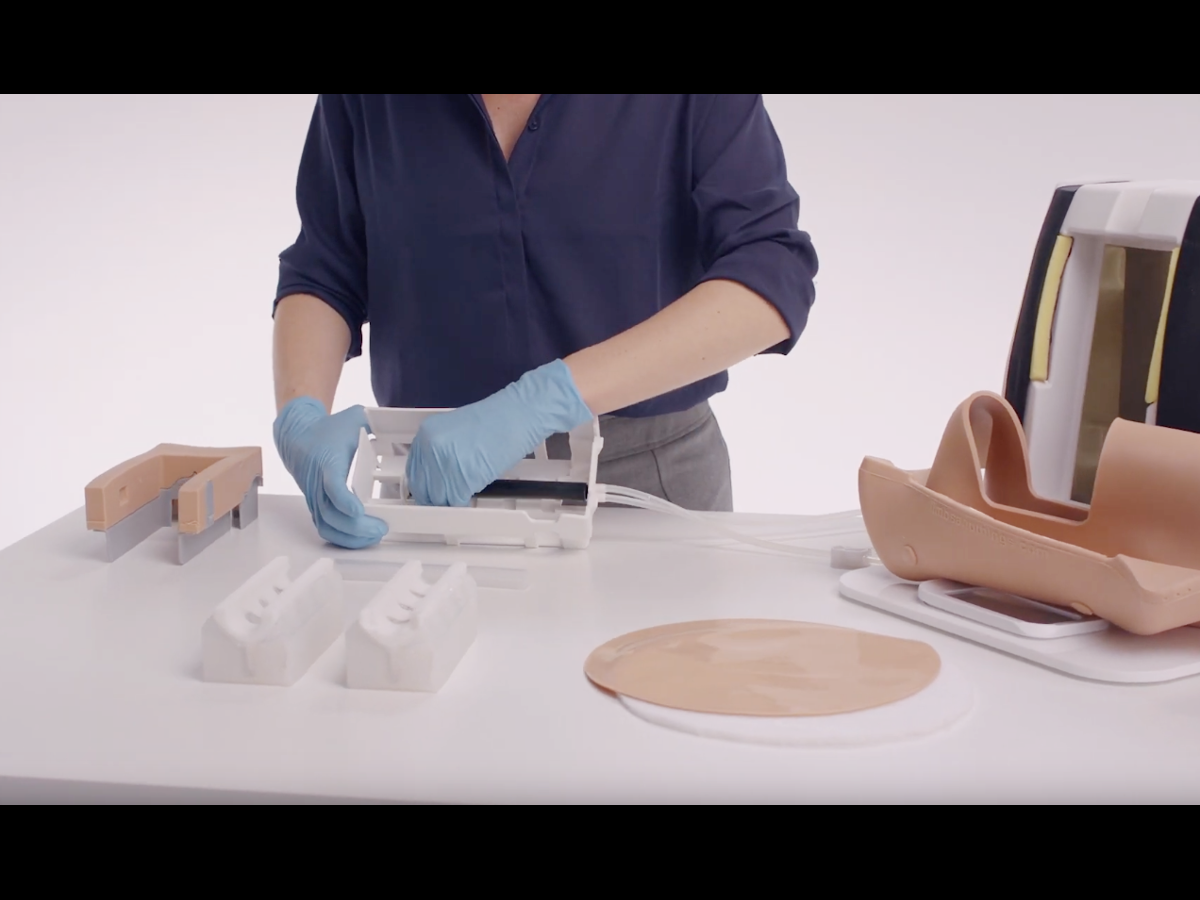
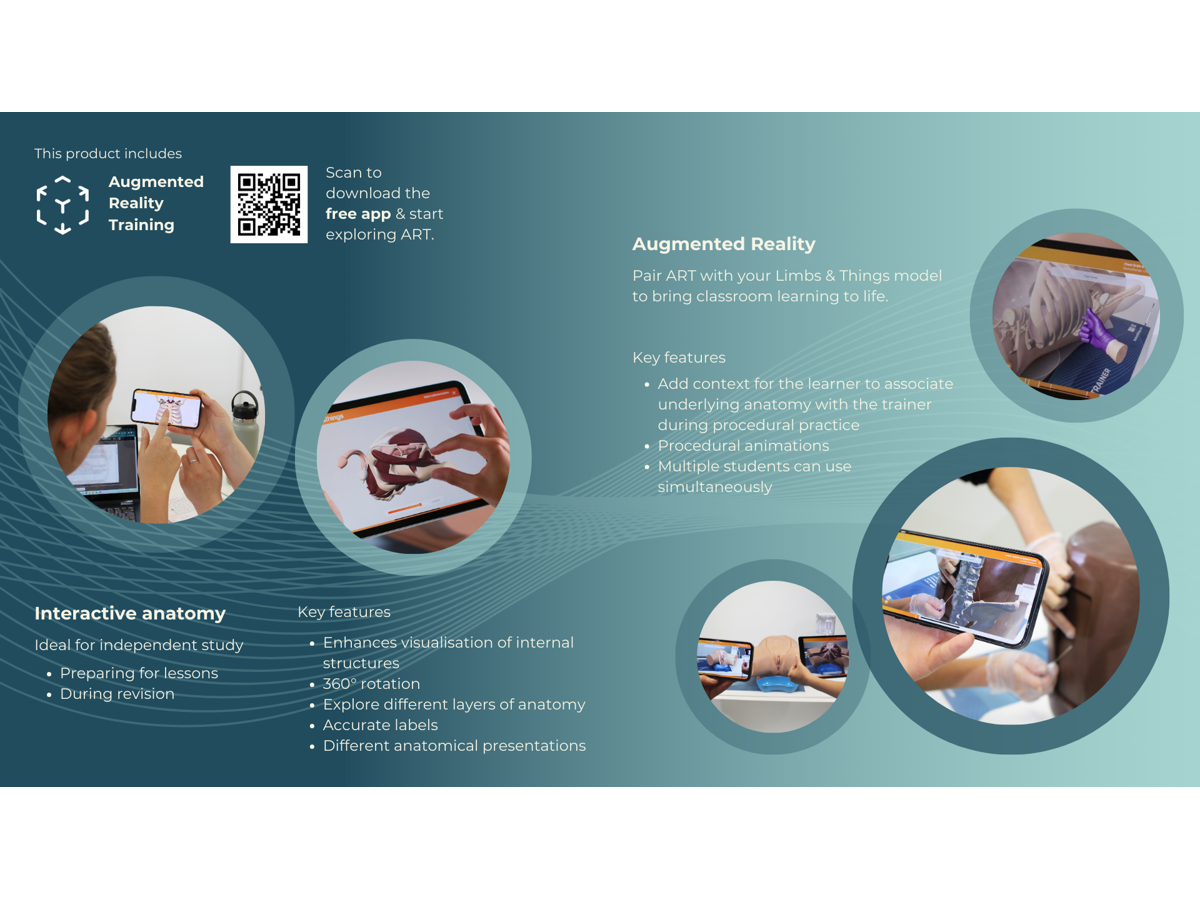
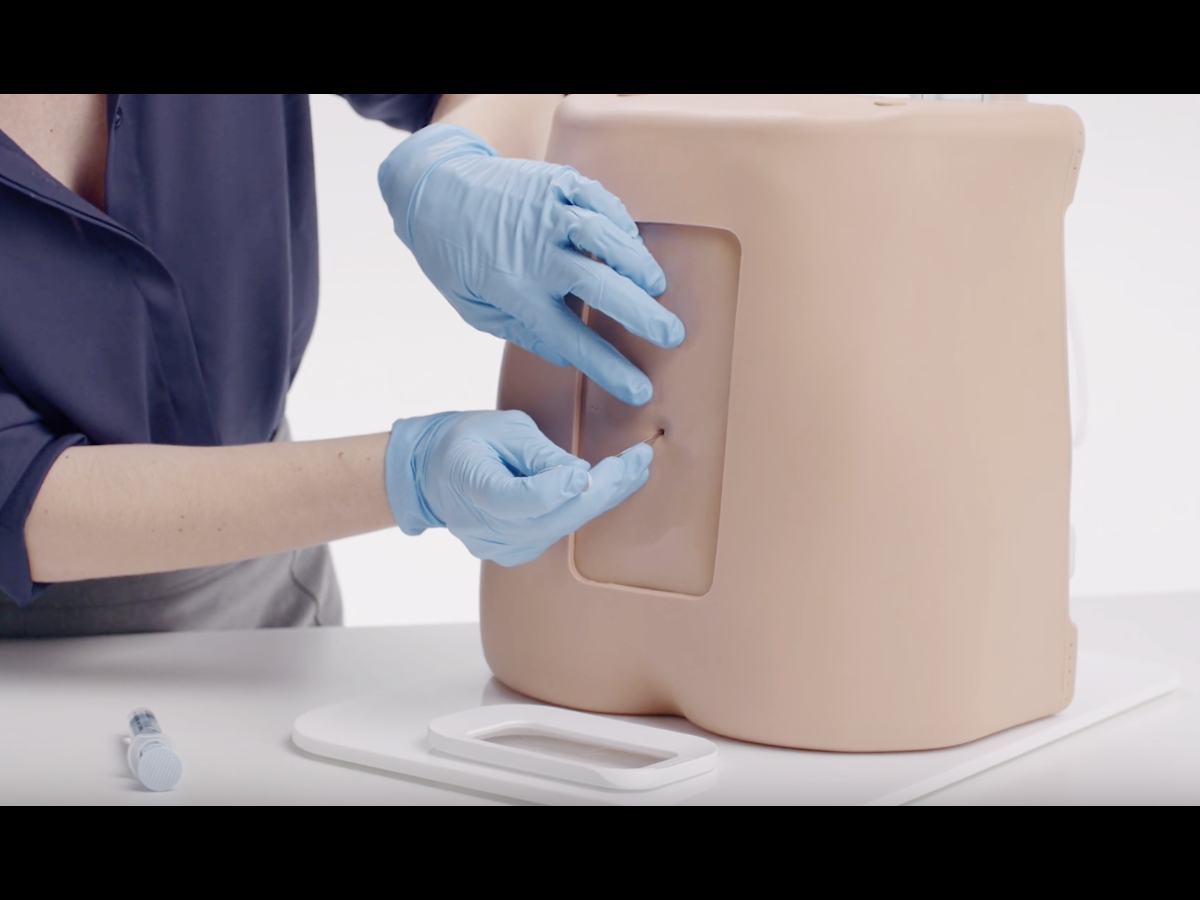
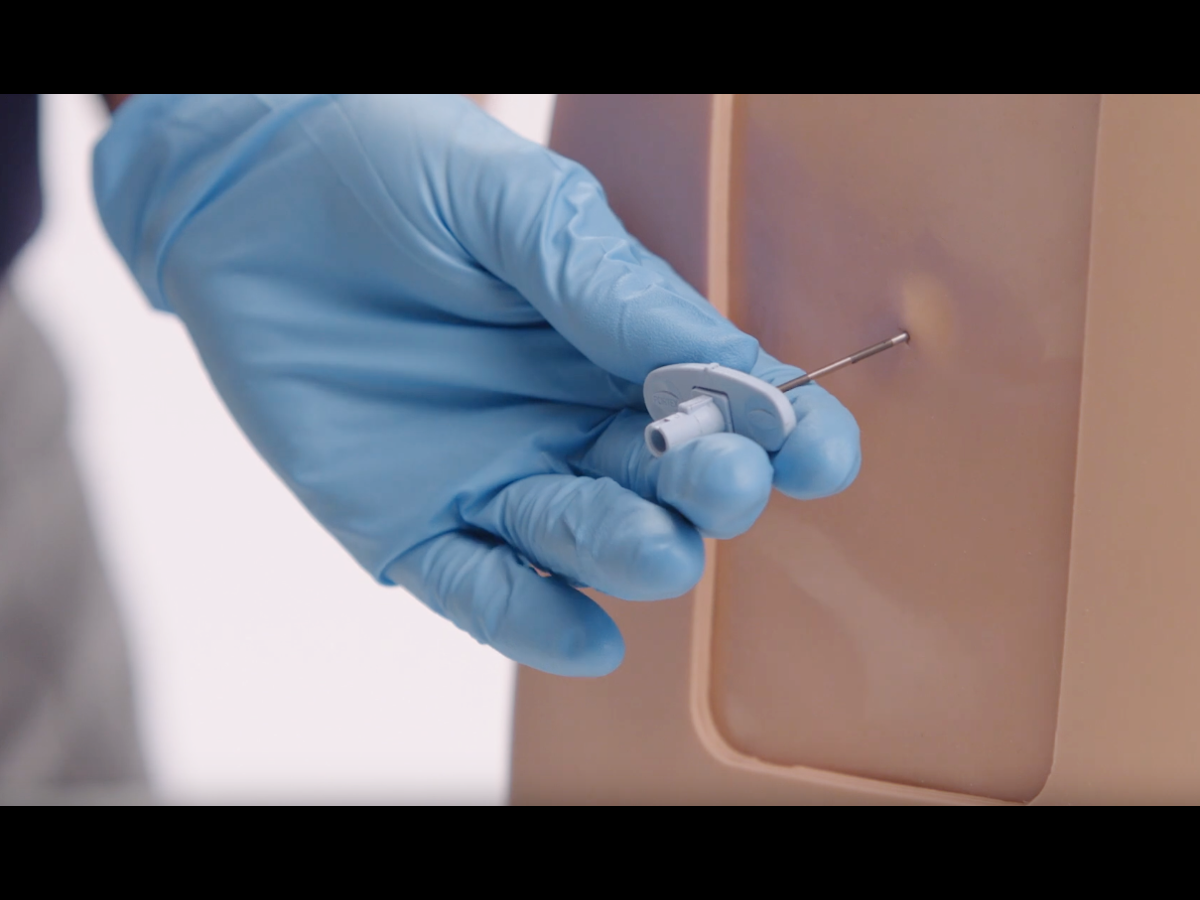
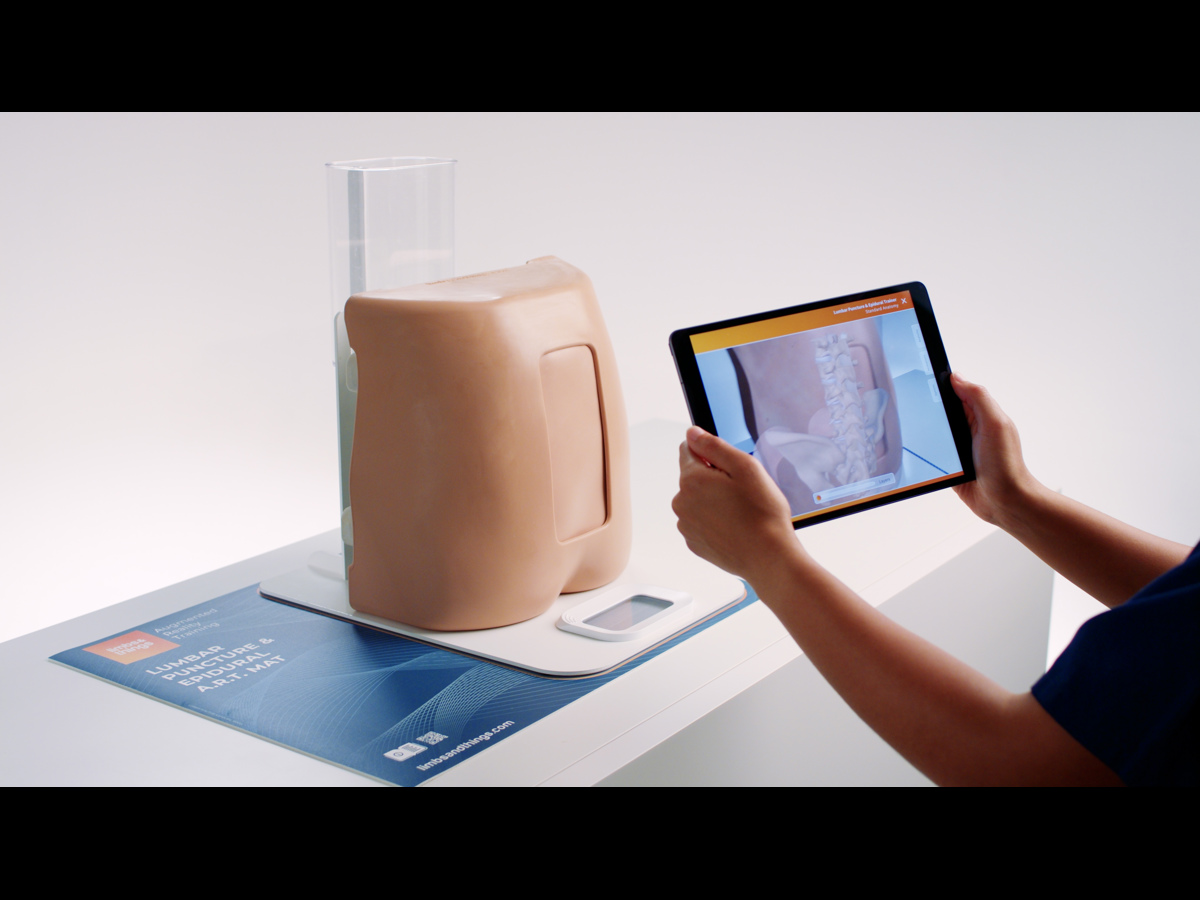
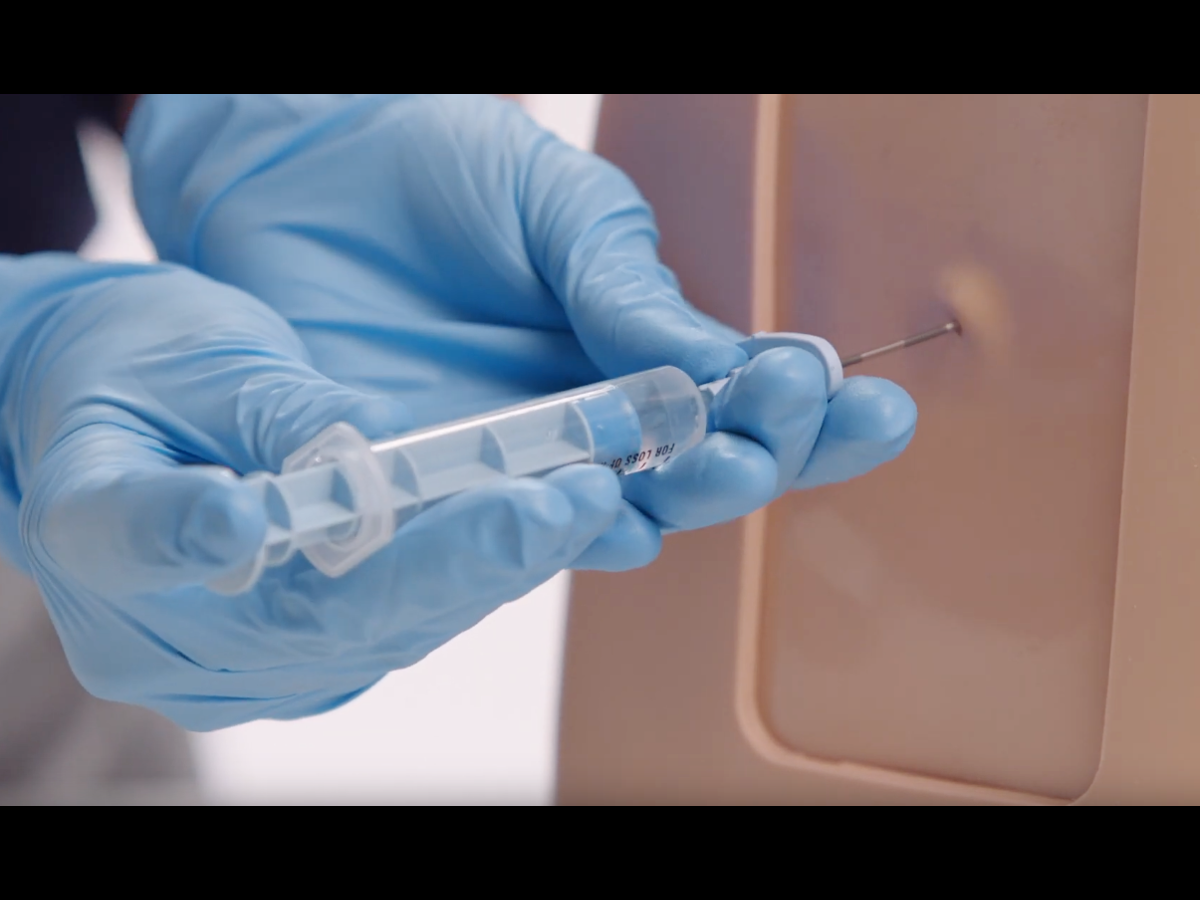
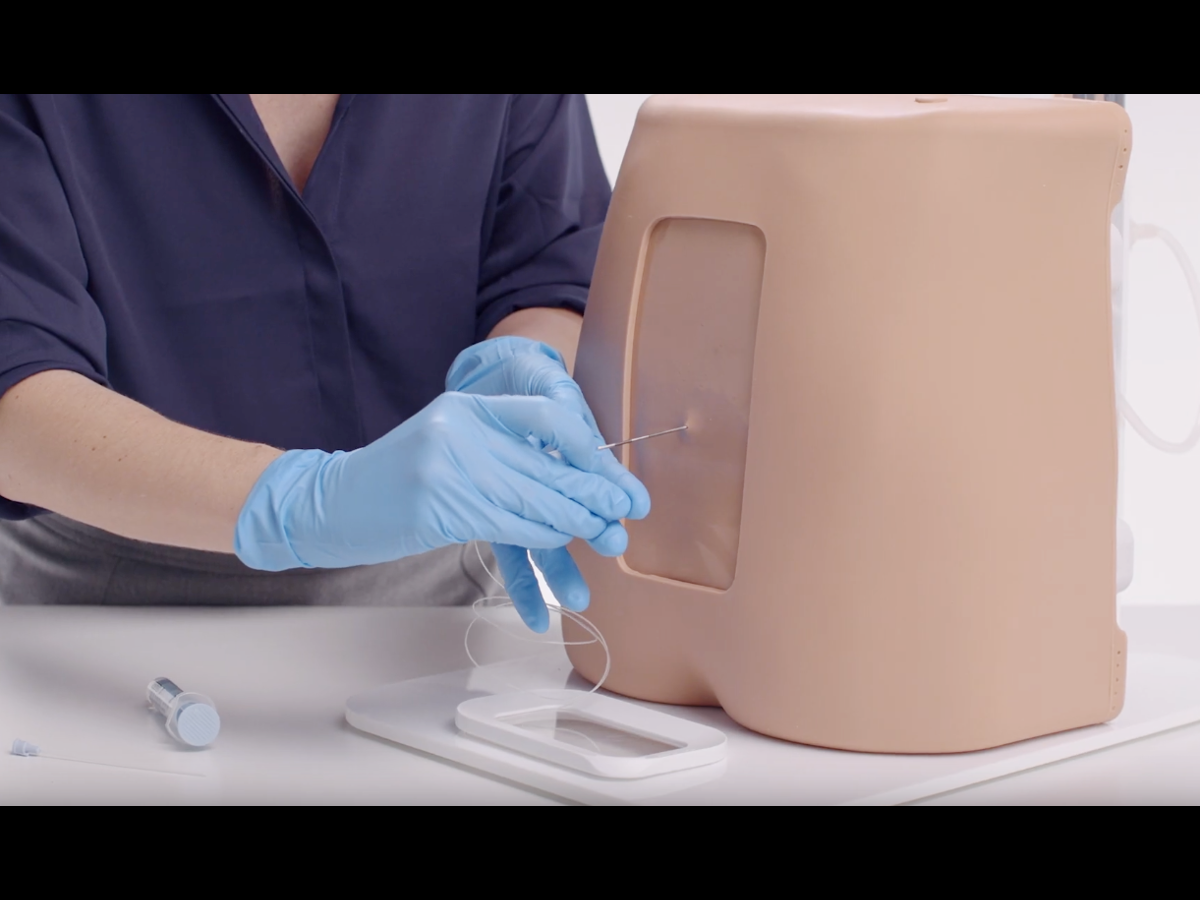
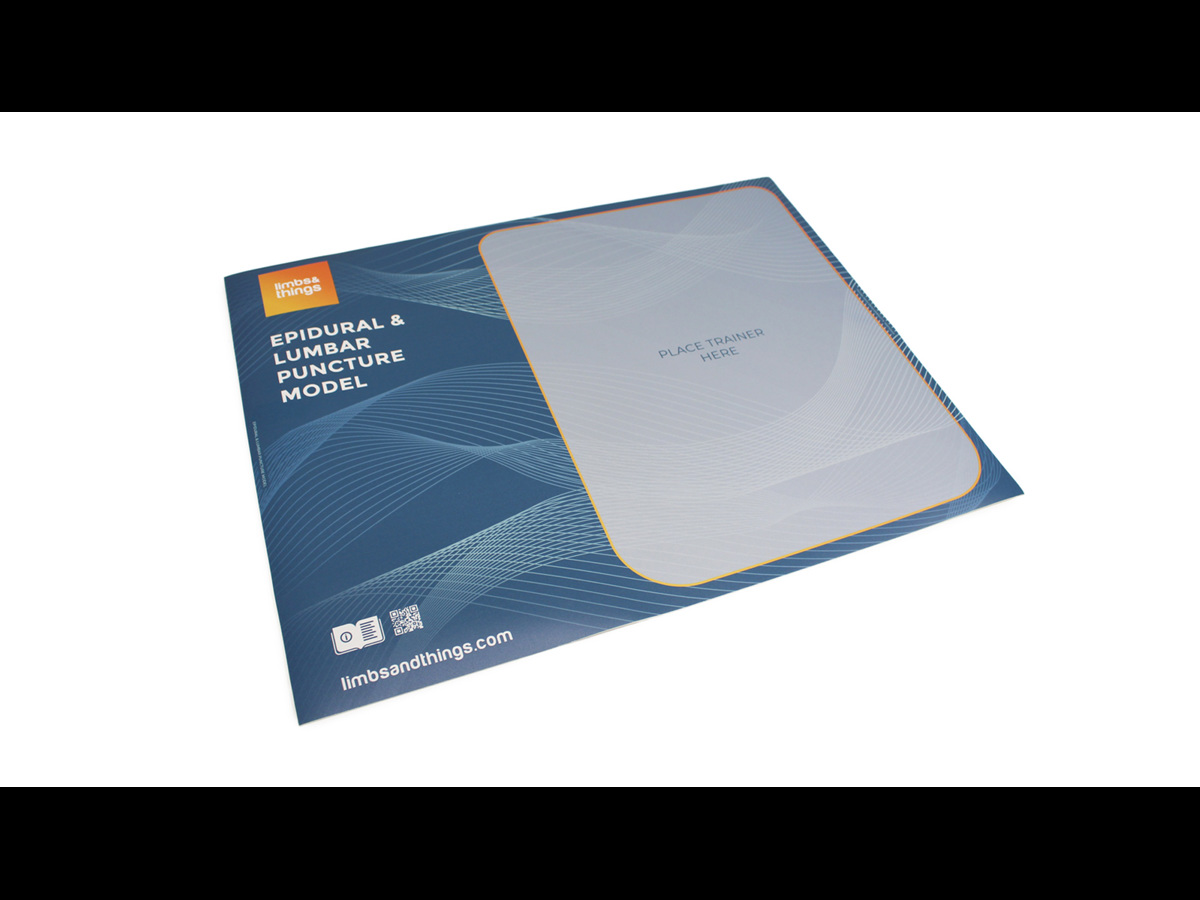
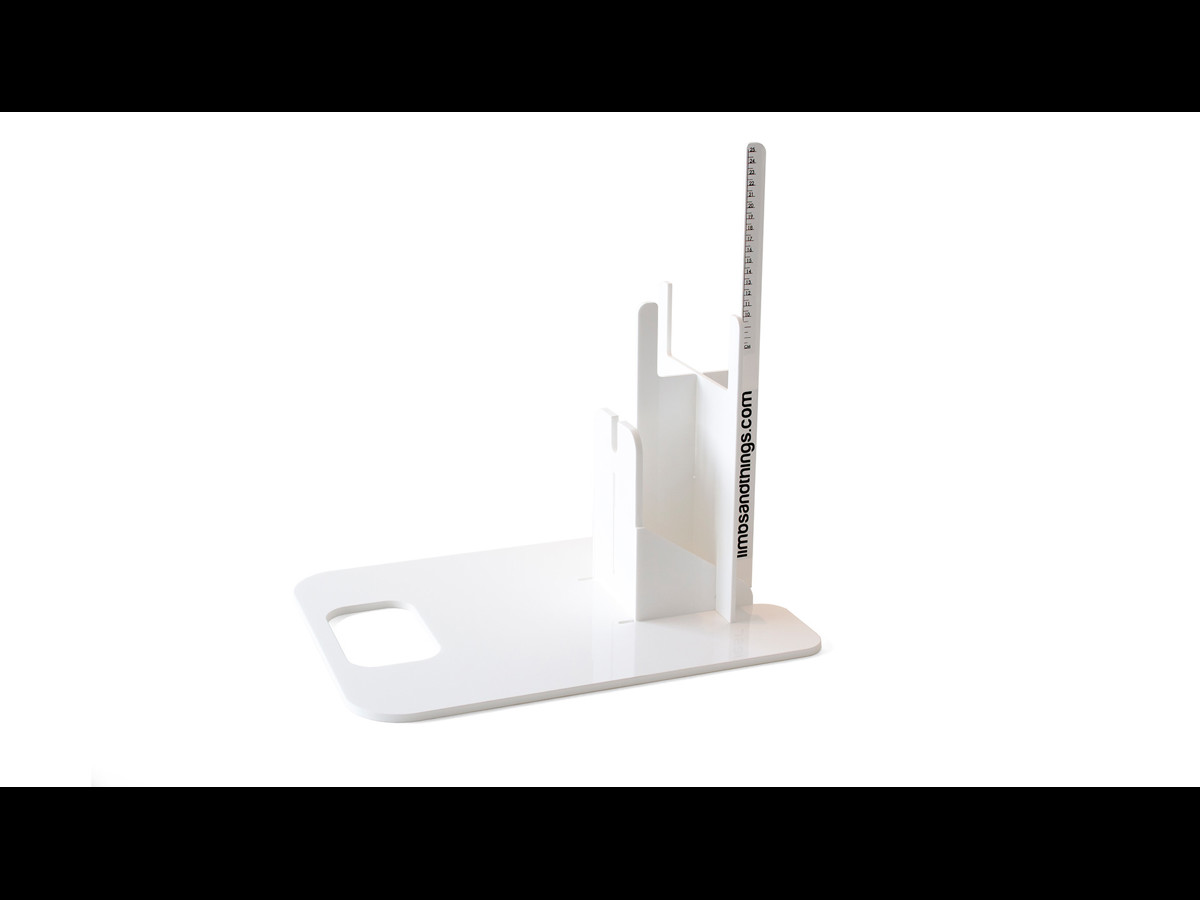
Advanced Epidural & Lumbar Puncture Model with Augmented Reality
Skin Tone
Model
The Advanced Epidural & Lumbar Puncture trainer is suitable for use in Clinical Skills Centres, where both early postgraduate medical and anaesthesia specialisms are taught. Trainees are at a more advanced stage of training, and great realism and the ability to practice on a variety of patients is essential for continued learning.
What are the latest features that support training in administering lumbar punctures?
In training sessions, medical students will get a true to life experience, including:
- A distinctive “pop” when puncturing the Dura (using the standard Dura) during a lumbar puncture procedure or more subtle feedback when using the advanced Dura.
The Advanced Epidural & Lumbar Puncture trainer is suitable for use in Clinical Skills Centres, where both early postgraduate medical and anaesthesia specialisms are taught. Trainees are at a more advanced stage of training, and great realism and the ability to practice on a variety of patients is essential for continued learning.
What are the latest features that support training in administering lumbar punctures?
In training sessions, medical students will get a true to life experience, including:
- A distinctive “pop” when puncturing the Dura (using the standard Dura) during a lumbar puncture procedure or more subtle feedback when using the advanced Dura.
- Measurable cerebrospinal fluid (CSF) pressure, model can present realistic pressure between 5 to 25 cmH2O
- Realistic flow of fluid from the water reservoir, increasing the volume of water will increase the flow rate allowing for quicker training
What are the latest features that support training in epidural procedures?
- Ligamentum flavum and interspinous ligaments allow for more realistic haptic feedback and practice of loss of resistance techniques during needle insertion.
- 6mm epidural space between the insert and the dura enable practice threading an epidural catheter and administering fluids
- Softer silicone on either side of the spine offers greater realism and the paramedian approach is easier to perform
- Four epidural inserts are supplied with this model, the advanced insert has a steeper angle with a reduced epidural space, allowing practice of more difficult injections
The advanced model comes with three fat pads that can be inserted behind the Skin Pad. Used individually or in combination, they can simulate patients with different amounts of body fat, allowing trainees to practice varying difficulties of injection.
To ensure that ongoing costs remain low, this trainer comes with two LP Tissue Inserts, two standard Epidural and two advanced Epidural Inserts. This makes for a more cost-effective way to train large numbers of students. Inserts are easily interchangeable and offer a variety of training scenarios.
Augmented Reality is now part of the Lumbar Puncture range
The Augmented Reality Mats combine real world MRI and CT scan data, with the skills of talented medical artists and digital creators, to bring the internal anatomy of our trainers to life.
Within the L&T AR app’s digital environment, you can move around your task trainer and view various overlays, including: the musculature, organs and vessels, and skeletal structure. The interface allows you to move seamlessly between the layers, as well as view their cross sections.
Students are also able to view digital procedures in the AR environment to see how the procedure is done, and its impact on the patient’s anatomy.
If you are looking to train in ultrasound guided lumbar puncture and epidural procedures, explore our Ultrasound Epidural & Lumbar Puncture Model.
Overview
- Augmented Reality capabilities with the Limbs ART Mat
- Simulator gives a distinctive “pop” feeling when puncturing the dura during a lumbar puncture procedure
- Durable lumbar tissue insert and duras are longer lasting, increasing life span and keeping on going costs down
Realism
- Needle insertion possible between vertebrae
- Ability to feel when the dura is punctured during lumbar puncture
- Realistic rate of cerebrospinal fluid (CSF) can be simulated
- Fat pads can be inserted to vary the patient form
Versatility
- All epidural and lumbar puncture inserts are compatible with the common base
- Skin and duras can be rotated to extend their life span and ensure cost effective training
- The stand provided allows for training in left lateral and sitting positions
Cleaning
- Drain all fluid from the product when not in use
- Clean lumbar puncture trainer with a damp cloth, using warm water and mild detergent
- Allow trainer to completely dry before storing
Safety
- This product is latex free
Simulated Patient
- This product can be used with a simulated patient to develop communication skills
Anatomy
- Palpable sacrum
- Iliac crests
- Lumbar vertebrae between L2 and L5 with spinous processes
- Ligamentum flavum
- Interspinous Ligament
Skills Gained
- Identifying the iliac crests
- Administering of local anaesthetic injections
- Administering of therapeutic treatments, e.g. antibiotics or chemotherapy medication
- Performing diagnostic lumbar punctures
- Collection and measurement of cerebrospinal fluid
- Performing procedures in a sitting and left lateral position
- Administration of an epidural
Product Contains
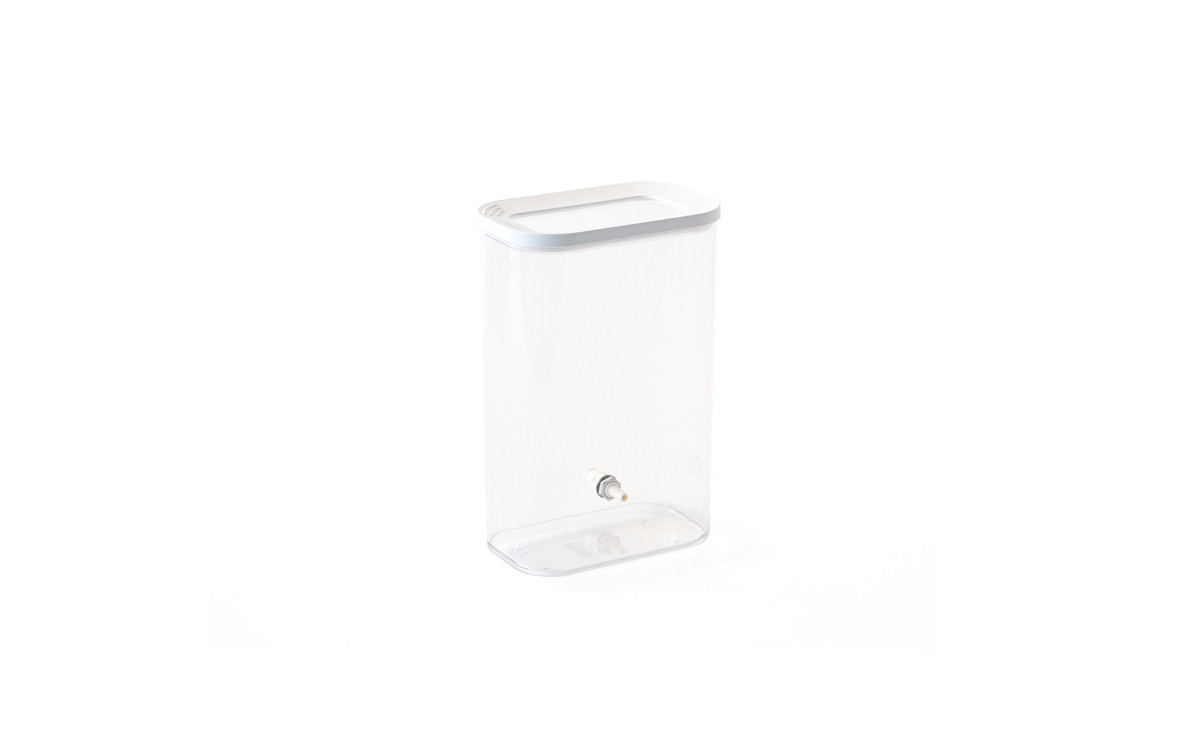
Water Reservoir 2Ltr
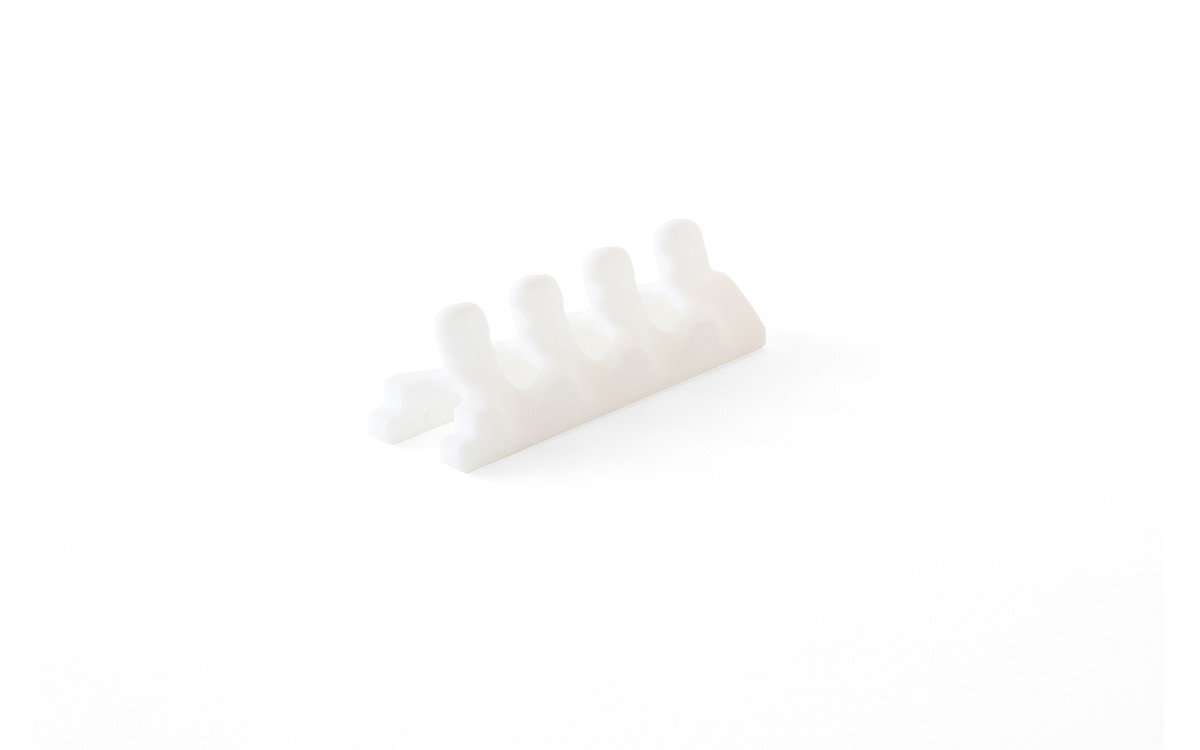
Lumbar Puncture Insert – Bone
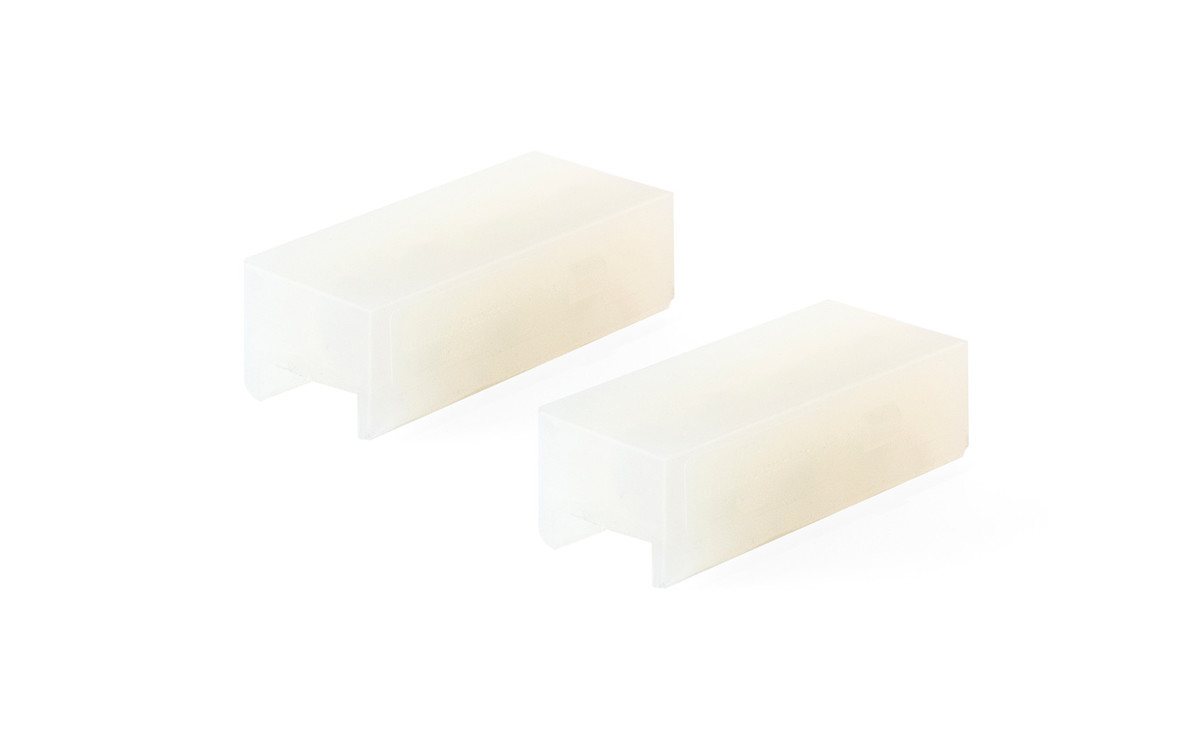
Lumbar Puncture Insert - Tissue (Pack of 2)
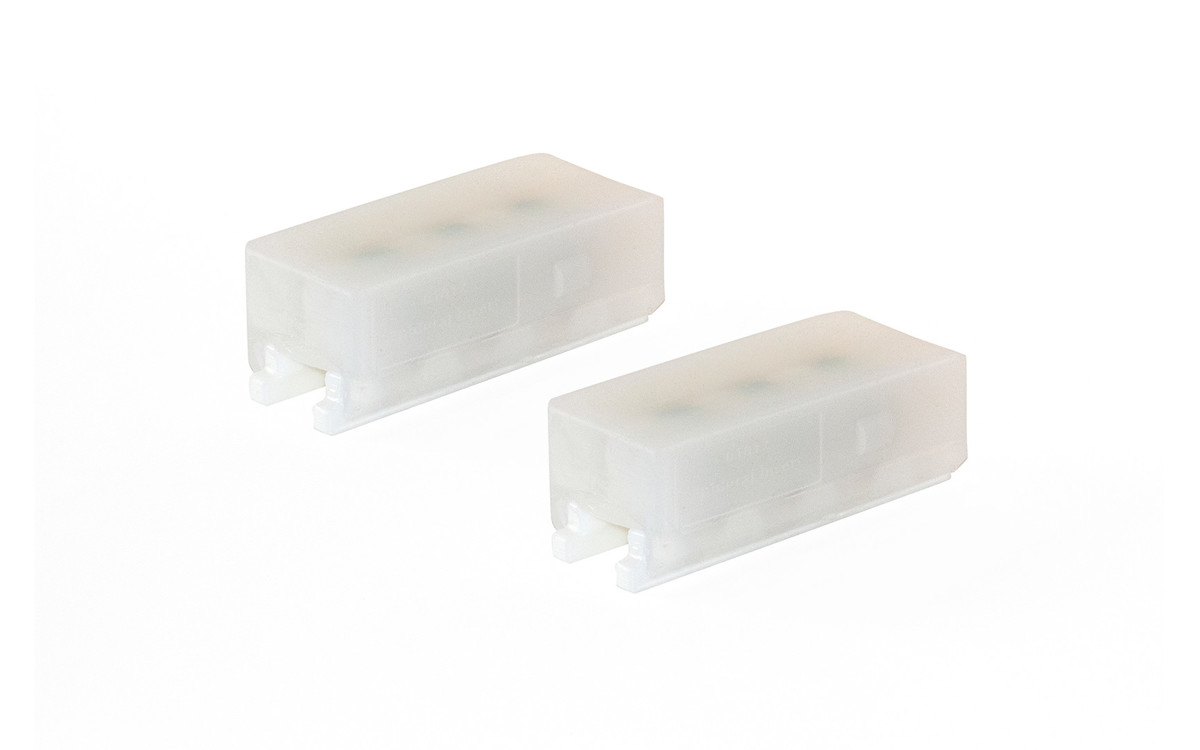
Epidural Insert (Pack of 2)
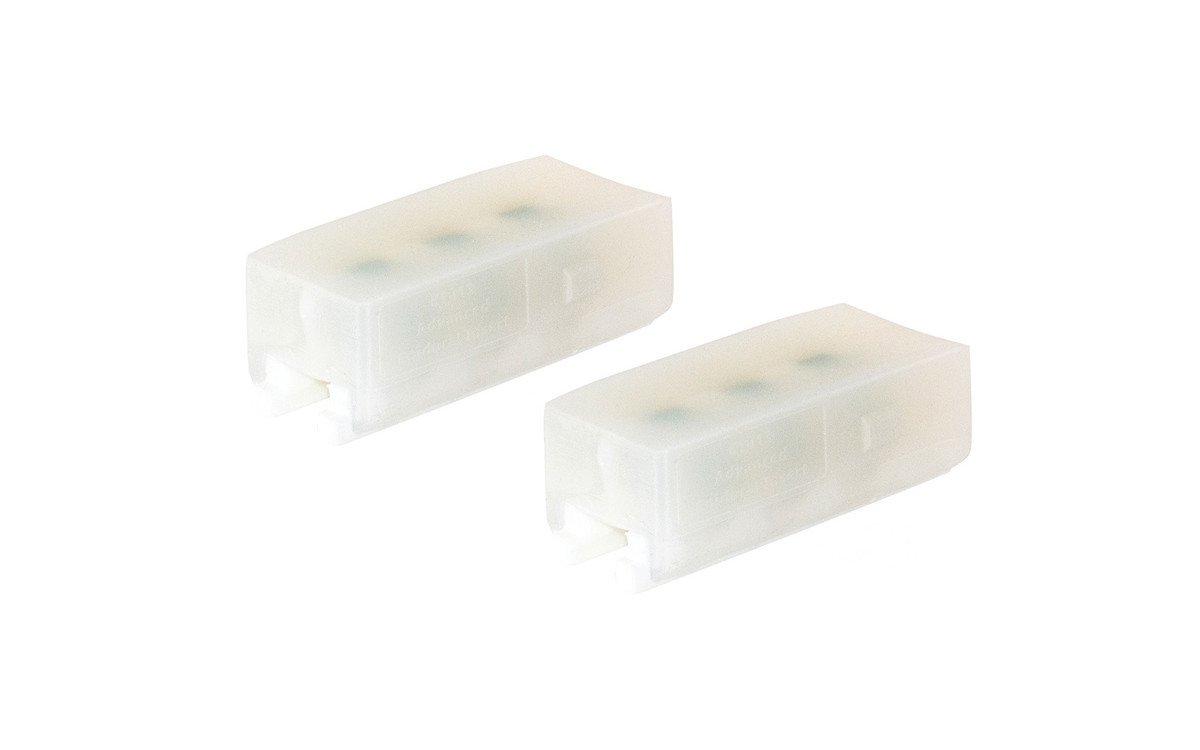
Advanced Epidural Insert (Pack of 2)
-
Light
-
Dark

Epidural & Lumbar Puncture Skin Pad (Light Skin Tone)
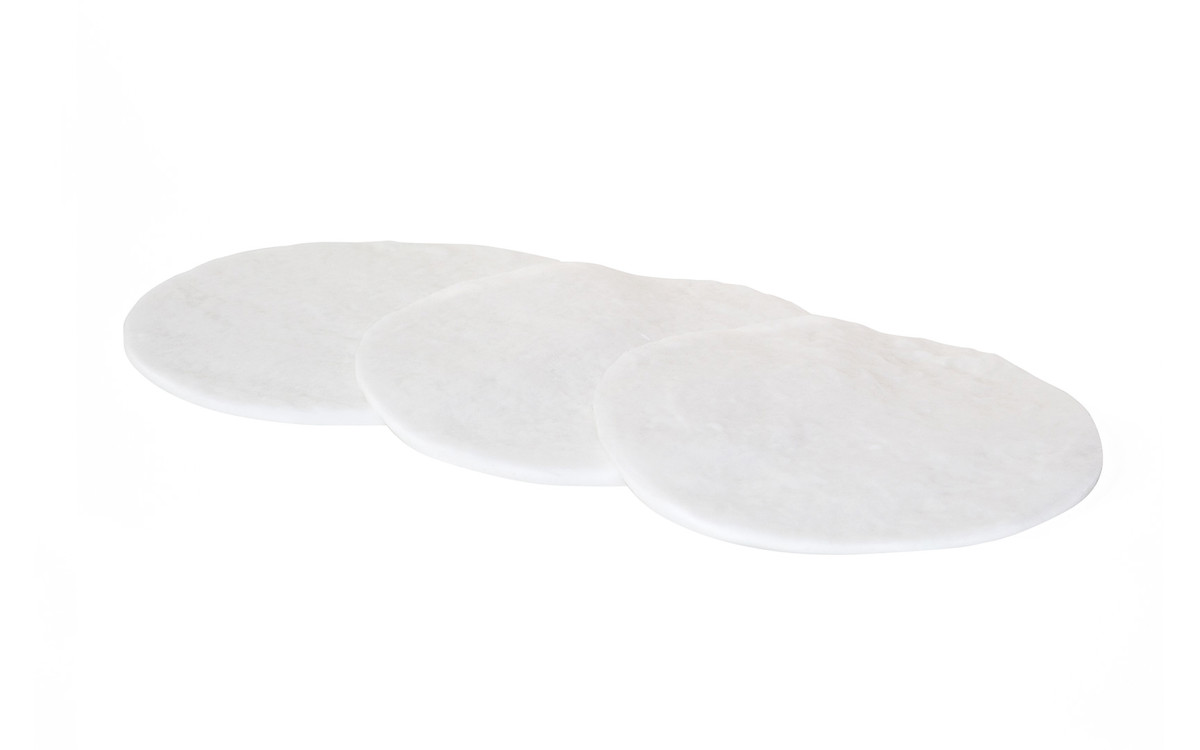
Epidural & Lumbar Puncture Fat Pad (Pack of 3)
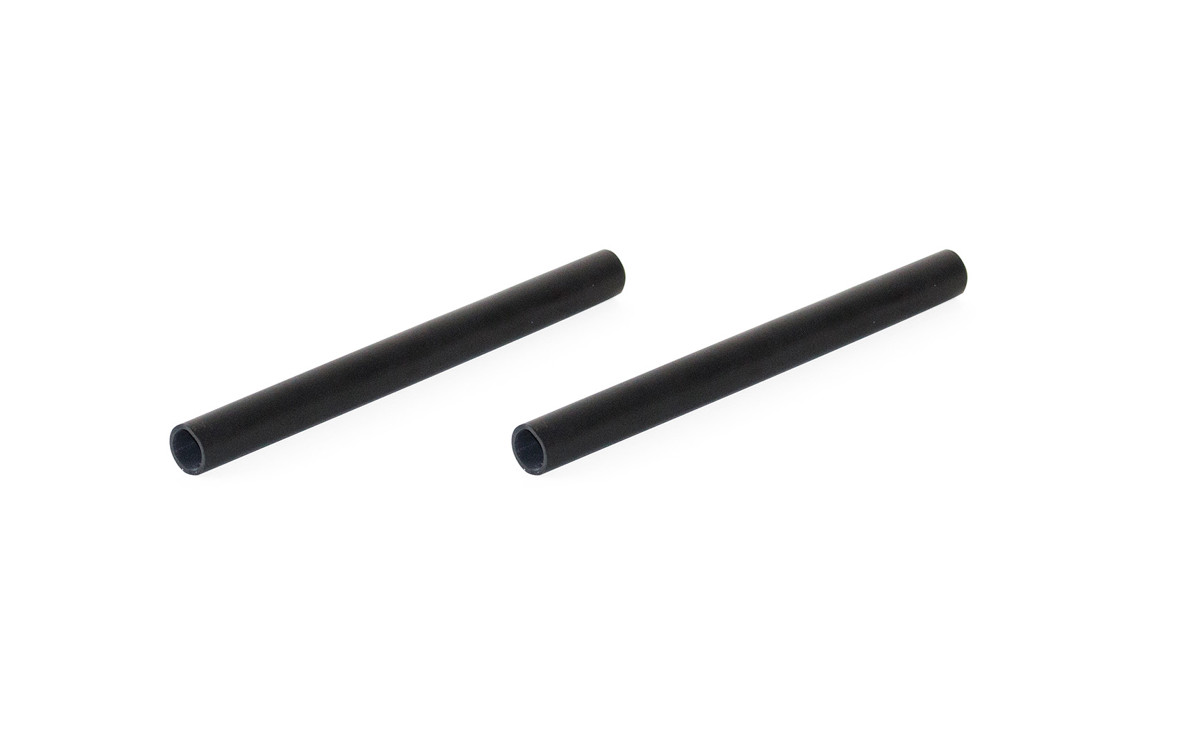
Epidural & Lumbar Puncture Standard Dura (Pack of 2)
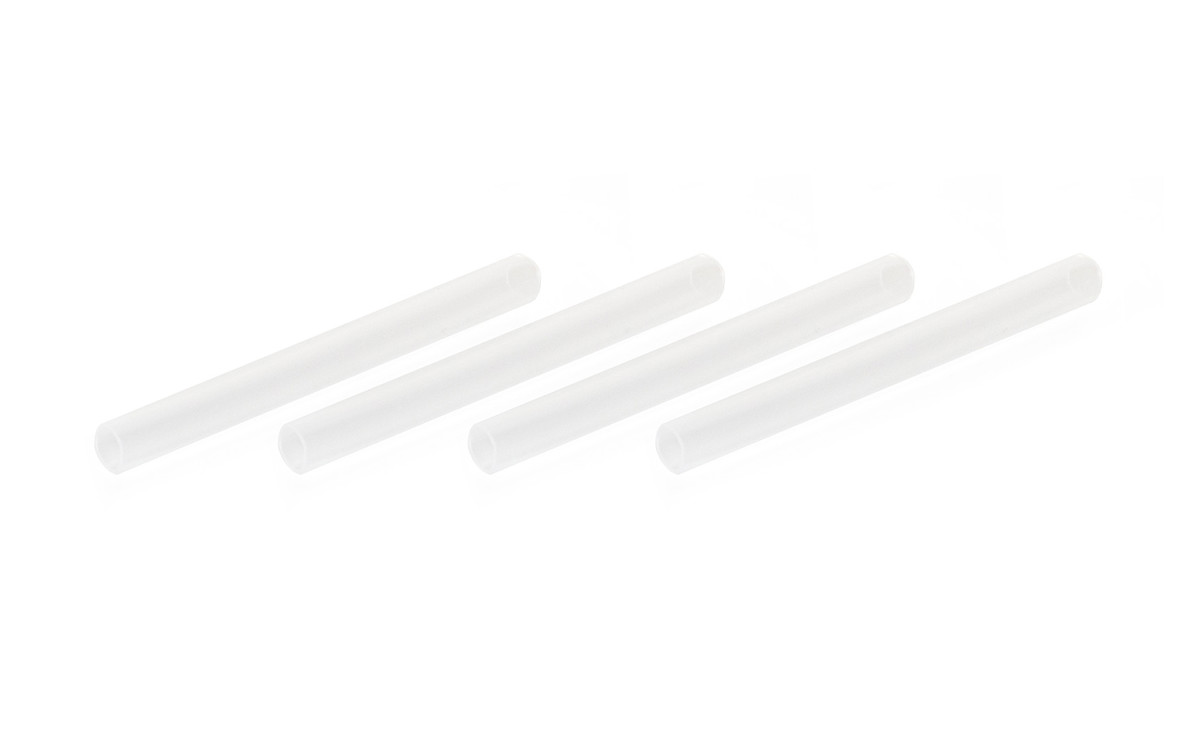
Epidural & Lumbar Puncture Advanced Dura (Pack of 4)
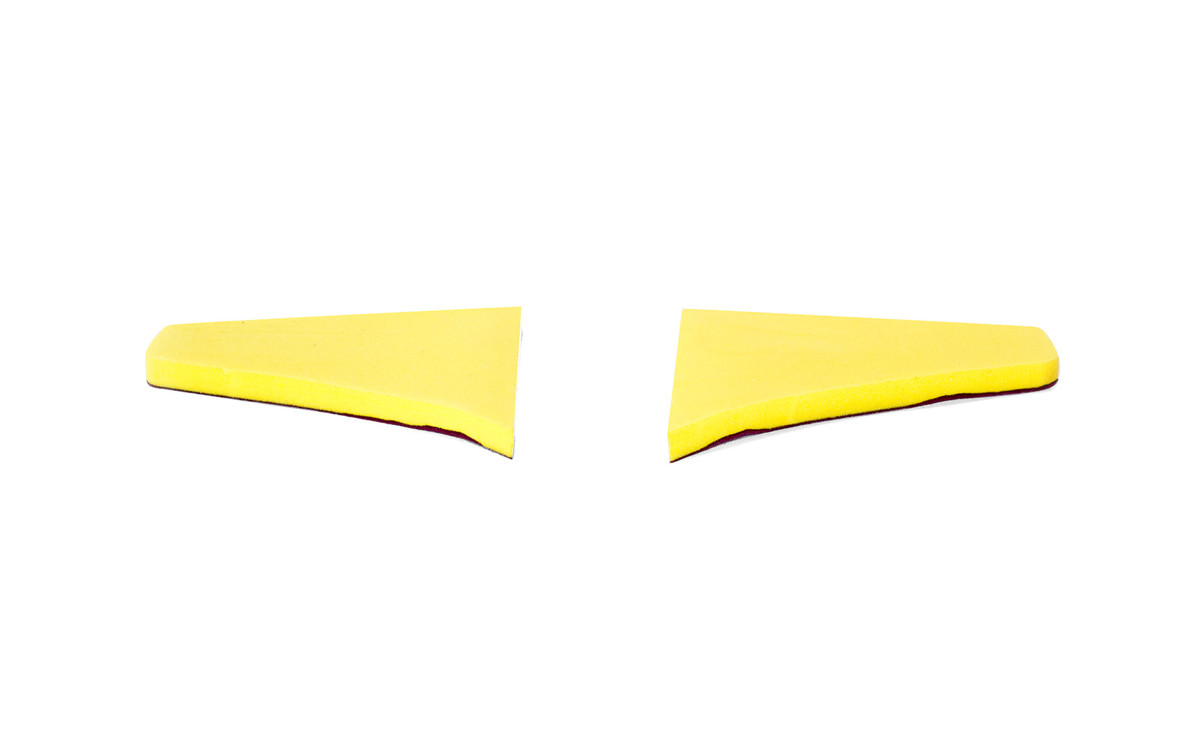
Epidural & Lumbar Puncture Iliac Crest Insert
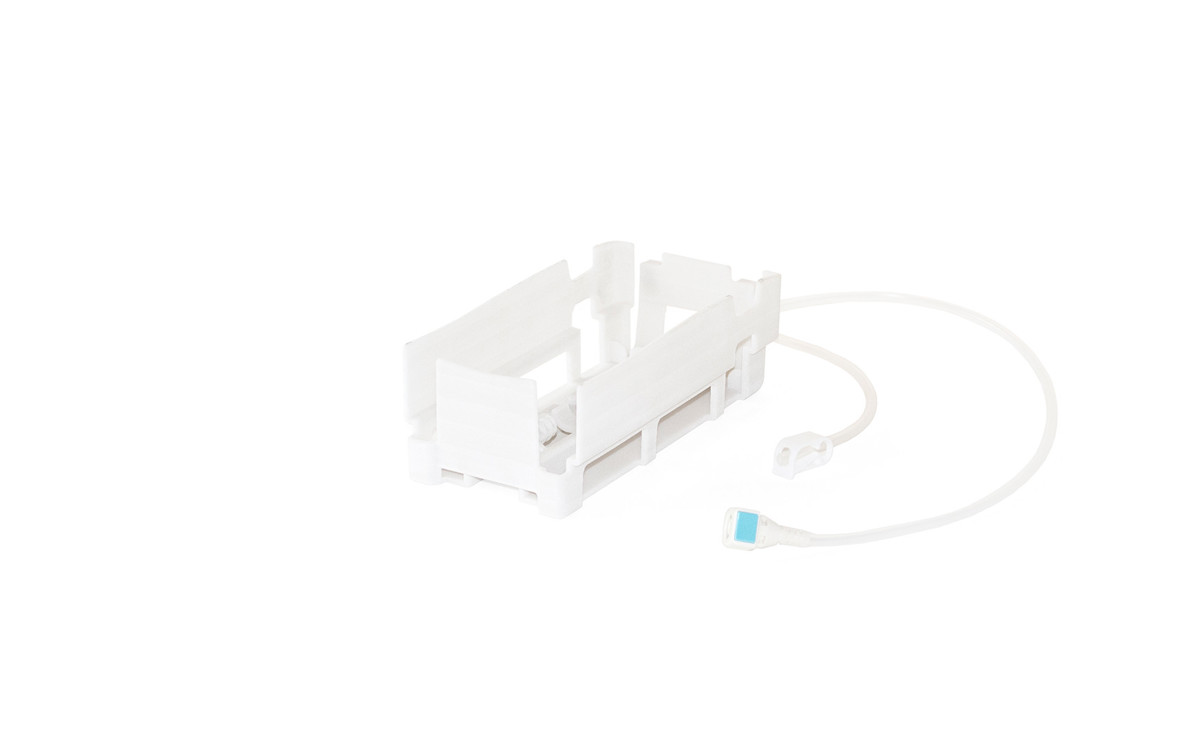
Epidural & Lumbar Puncture Insert Cartridge
-
Light
-
Dark
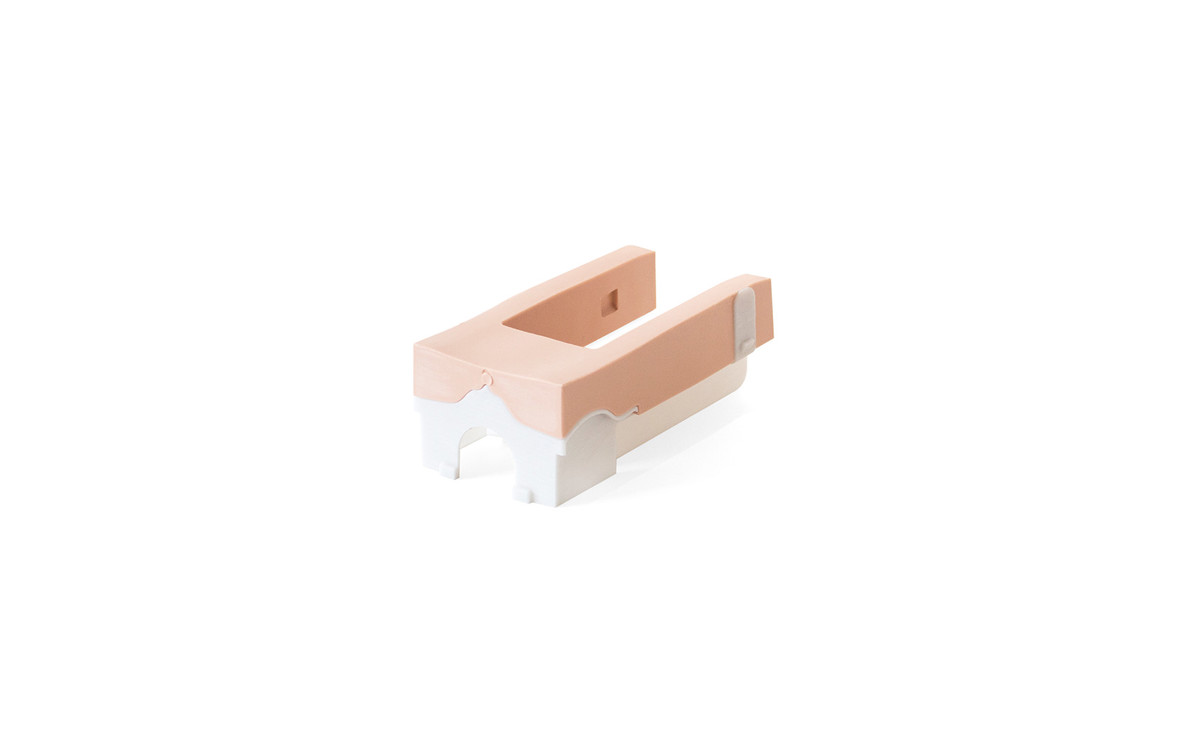
Epidural & Lumbar Puncture Sacral Insert (Light Skin Tone)
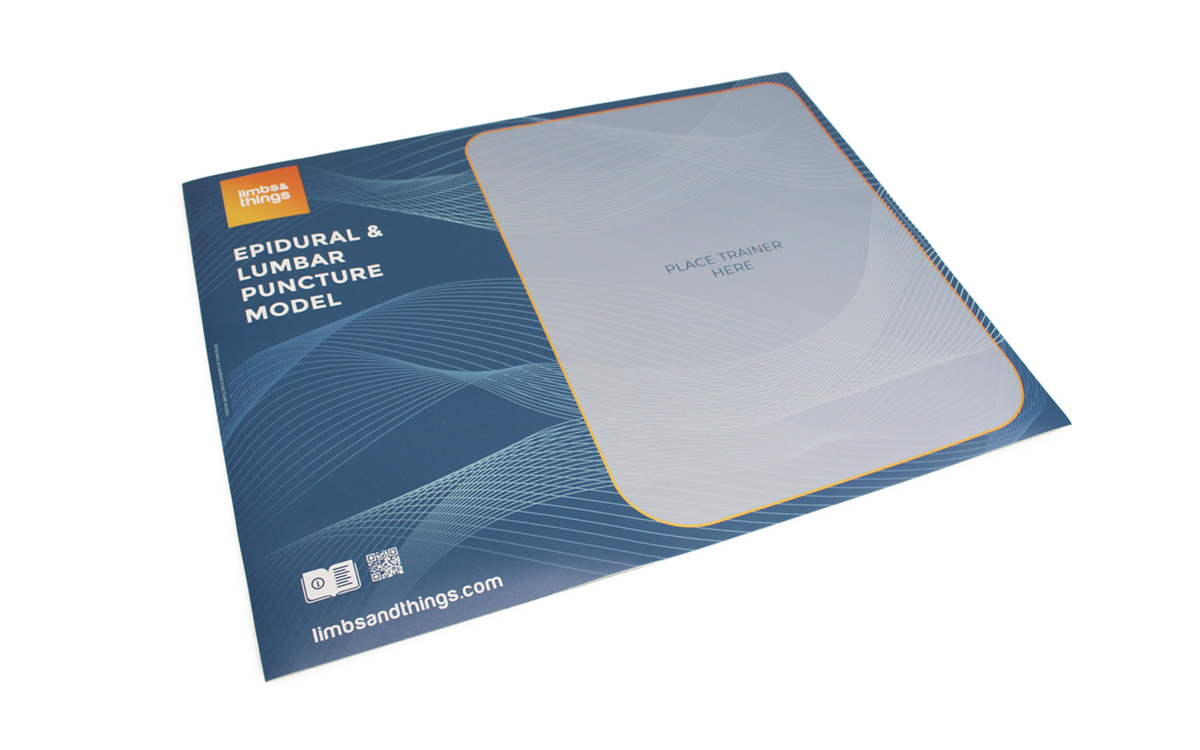
Augmented Reality Mat for Lumbar Puncture
Comparison |
Product No. |
||
|---|---|---|---|
| What's included | Std | Adv | Ultrasound |
| Lower Torso with Torso Skin | Yes | Yes | Yes |
| Epidural & Lumbar Puncture Stand | Yes | Yes | Yes |
| Augmented Reality Training Mat | Yes | Yes | Yes |
| Water Reservoir | Yes | Yes | Yes |
| Lumbar Puncture Insert - Bone | Yes | Yes | No |
| Lumbar Puncture Insert - Tissue (x2) | Yes | Yes | No |
| Epidural Insert (x2) | No | Yes | No |
| Advanced Epidural Insert (x2) | No | Yes | No |
| E&LP Ultrasound Insert | No | No | Yes |
| E&LP Skin Pad | Yes | Yes | No |
| E&LP Fat Pad (x3) | No | Yes | No |
| E&LP Standard Dura (x2) | Yes | Yes | Yes |
| E&LP Advanced Dura (x4) | No | Yes | Yes |
| E&LP Iliac Crest Insert | Yes | Yes | Yes |
| E&LP Insert Cartridge | Yes | Yes | Yes |
| E&LP Sacral Insert | Yes | Yes | No |
Works with the following products:
References
Recommendations for Preclerkship Clinical Skills Education for Undergraduate Medical Education, Association of American Medical Colleges, 2008, p.12
Recommendations for Clinical Skills Curricula for Undergraduate Medical Education, Association of American Medical Colleges, 2005, p.24
The Anesthesiology Milestone Project, The Accreditation Council for Graduate Medical Education and The American Board of Anesthesiology, 2015, p.6
Basic Standards for Residency Training in Internal Medicine, American Osteopathic Association, 2012, p.5
Basic Standards for Residency Training in Emergency Medicine, American Osteopathic Association, 2012, p.8
Required Procedural Training in Family Medicine Residency: A Consensus Statement Residency Education, Fam Med 2008 Vol. 40, No. 4, p.251
ACGME Program Requirements for Graduate Medical Education in Pain Medicine (Anesthesiology, Neurology, or Physical Medicine and Rehabilitation), 2017, p.14
Medical Graduate Competency Framework Stage 2 Final Report, Medical Deans, 2012, Appendix C, p. 29
Australian Curriculum Framework for Junior Doctors v 2.2, Confederation of Postgraduate Medical Education Councils, p.1
Basic Training Curriculum Adult Internal Medicine, The Royal Australasian College of Physicians, 2007 (revised 2013), p.27
Anaesthesia Training Program Curriculum, ANZCA, 2018, p.50
Foundation Curriculum, 2012 (Updated for 2014), p.51
Specialty Training Curriculum for Core Medical Training, 2019 (Amended 2013), p.63
CCT (Certificate of Completion of Training) in Anaesthetics, Annex B Core Level Training, 2010, p.48
Ultrasound in Anaesthesia and Intensive Care: A Guide to Training, 2011, p.17
The Royal College of Emergency Medicine, Curriculum and Assessment Systems For Training in Emergency Medicine, 2015, p.144
Specialty Training Curriculum for Neurology, 2010 (Amended 2013), p.22
Curriculum for Specialty Training in Infectious Diseases, 2014, p.71
Acute Care Common Stem Core Training Program, Curriculum and Assessment System, 2012, p.103
Interventional Radiology Specialty Training Curriculum, The Royal College of Radiologists, 2019. Guided Lumbar Puncture, Epidural
Please check Google Play or the App Store for compatible device requirements for running the Limbs Augmented Reality App.
What is the difference between the standard and advanced duras supplied with this simulator?
The Standard Duras are designed to provide a more noticeable “pop” so trainees get a clear confirmation that the dura has been punctured.
The Advanced versions are more realistic and therefore suitable for use in scenarios where the dura is not intended to be punctured.
Does this model allow for different positioning of the torso?
Yes. All the lumbar puncture and epidural simulators can be positioned for midline and left lateral procedures.
Are the models able to represent different patient body types?
Yes. The Advanced trainer comes with two Advanced Epidural Inserts that feature a steeper angle to the spinous processes. As well as the skin pad, this model is supplied with Fat Pads that can be used to simulate a variety of body sizes.

